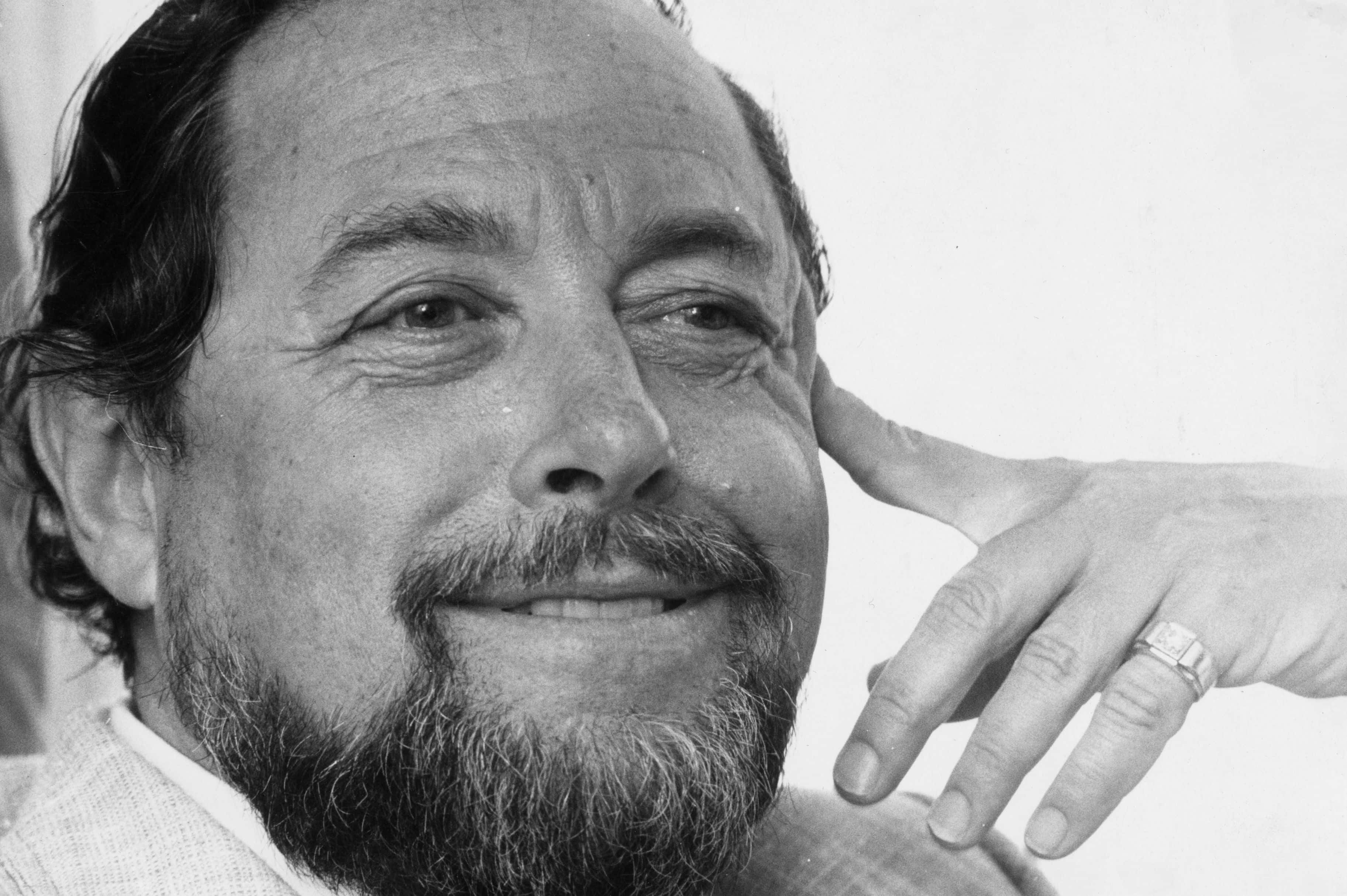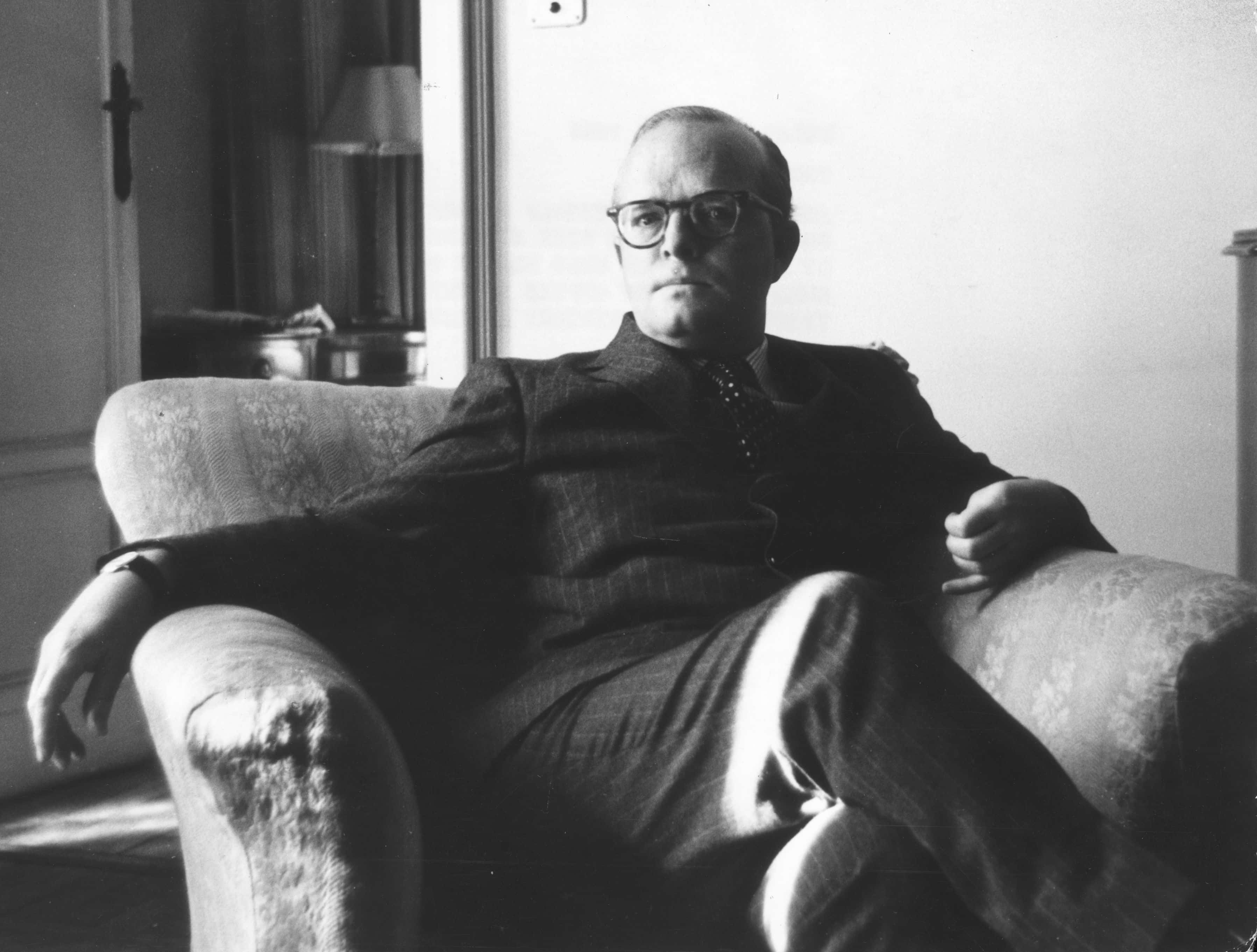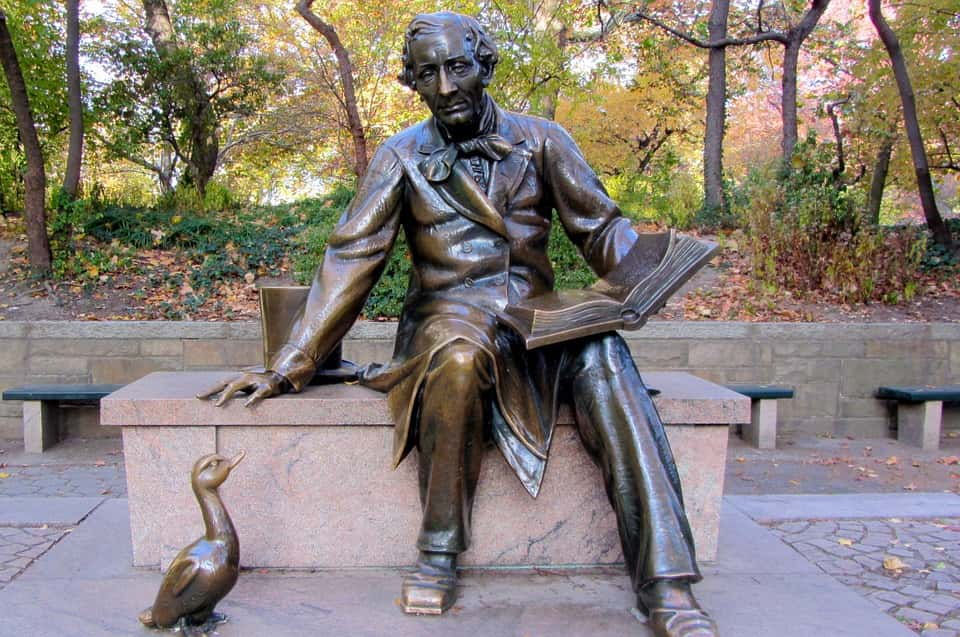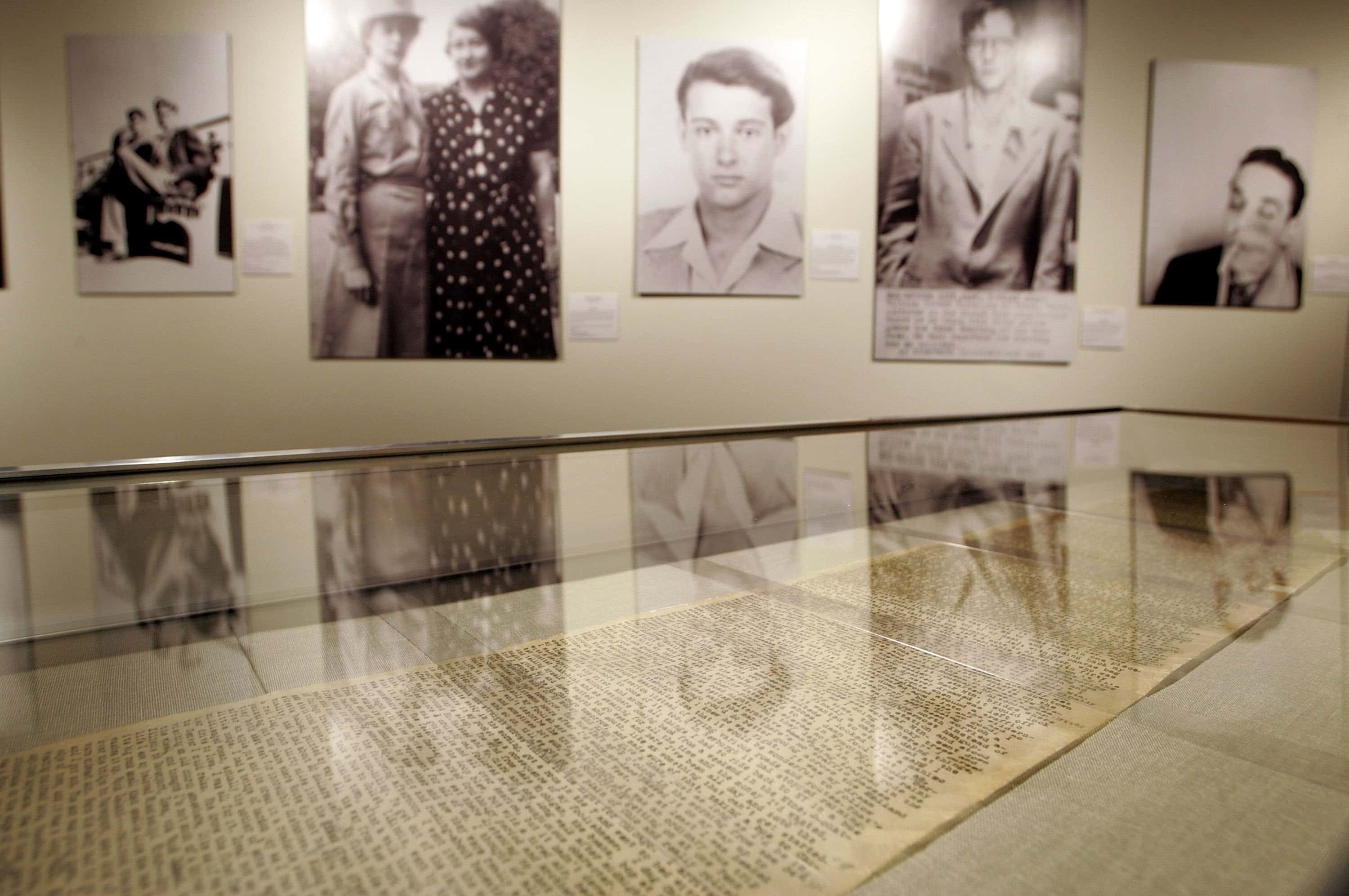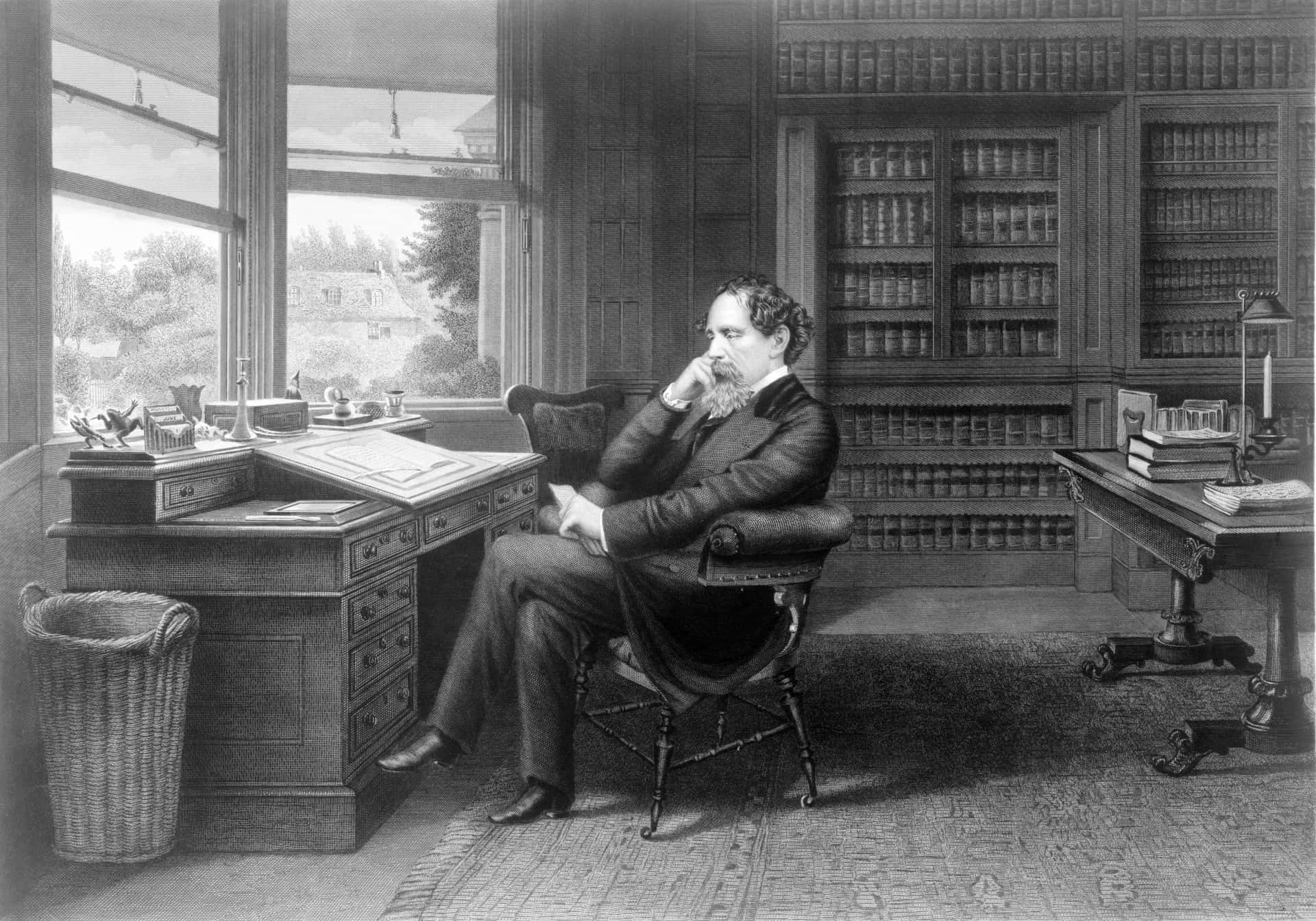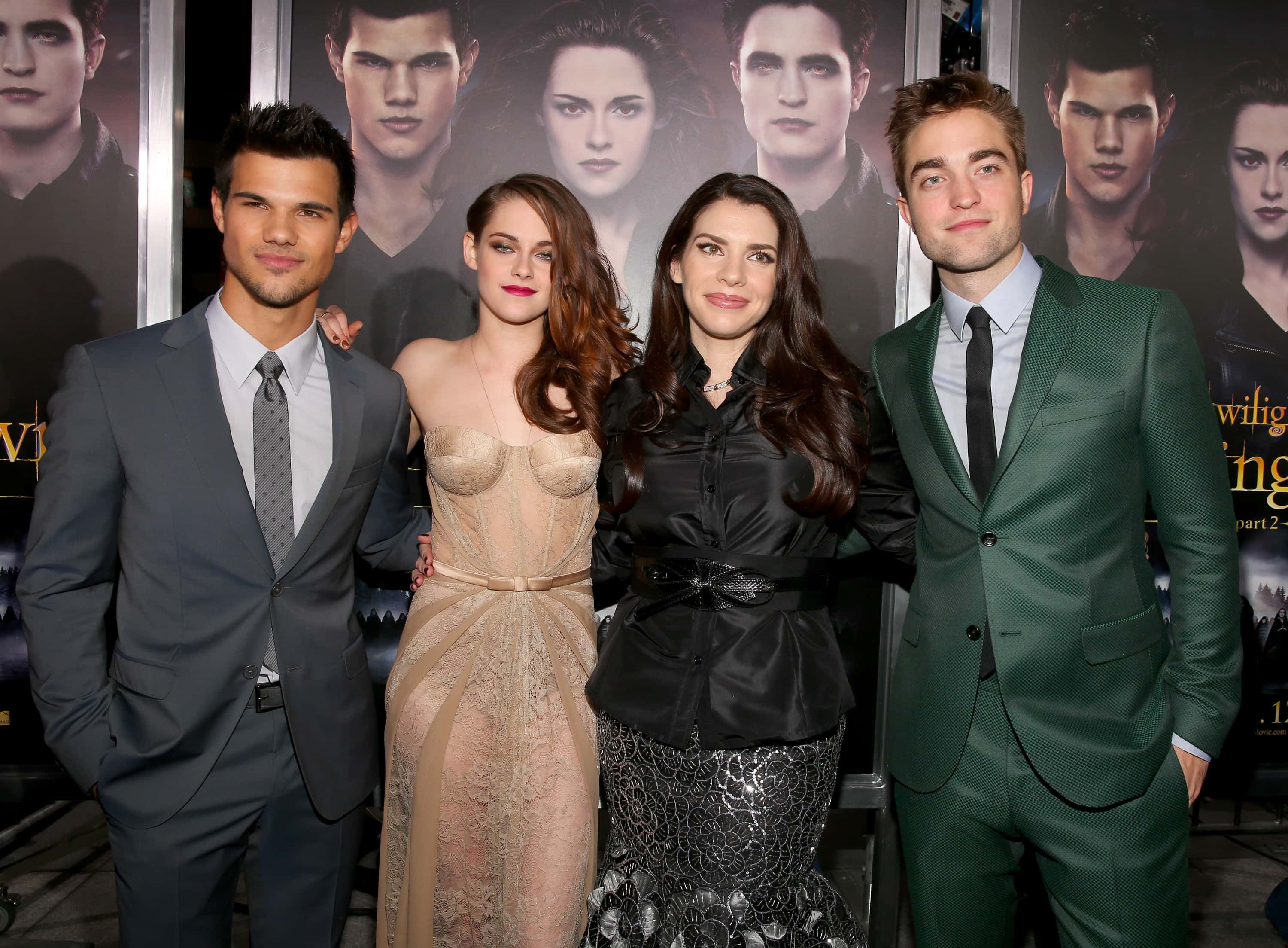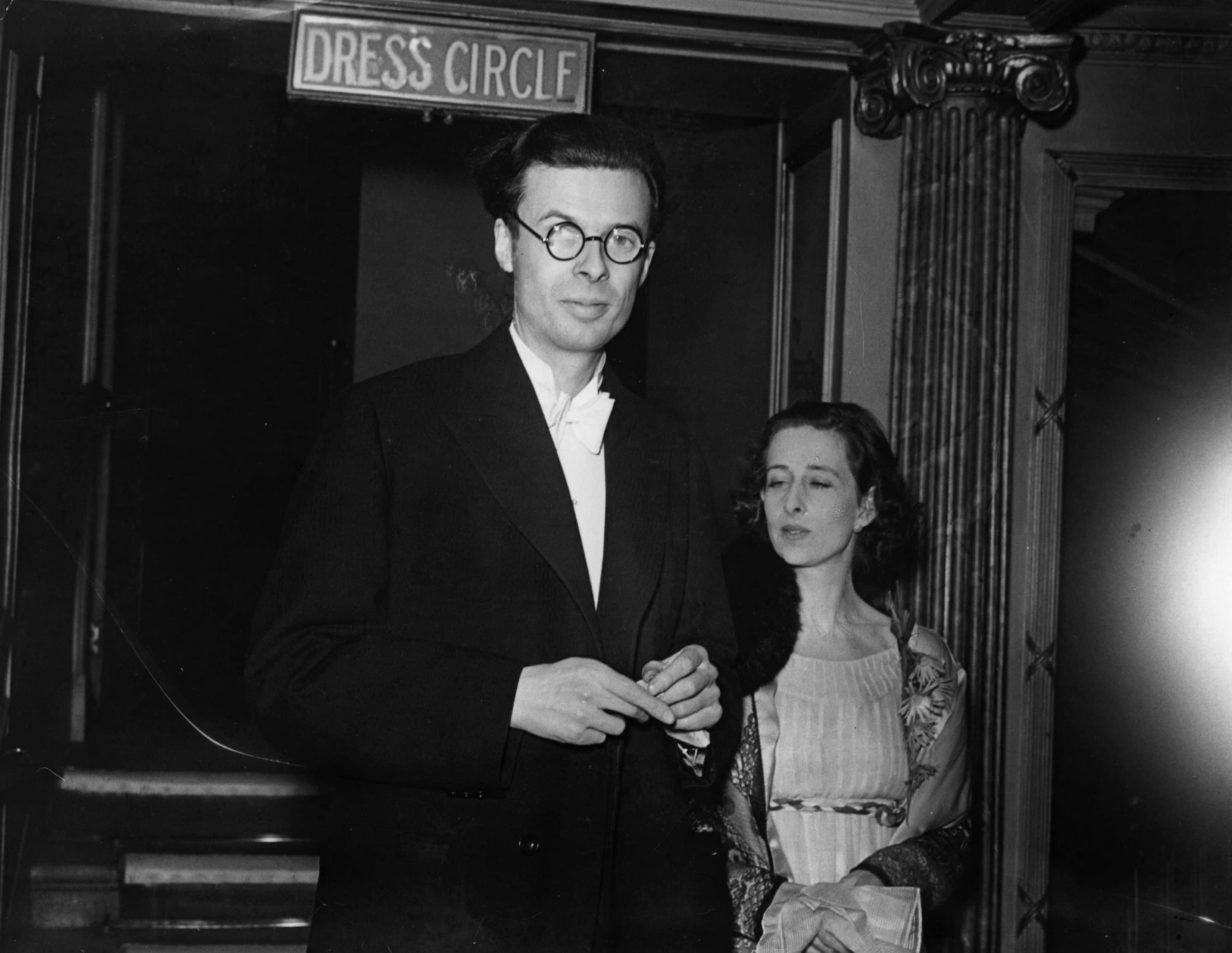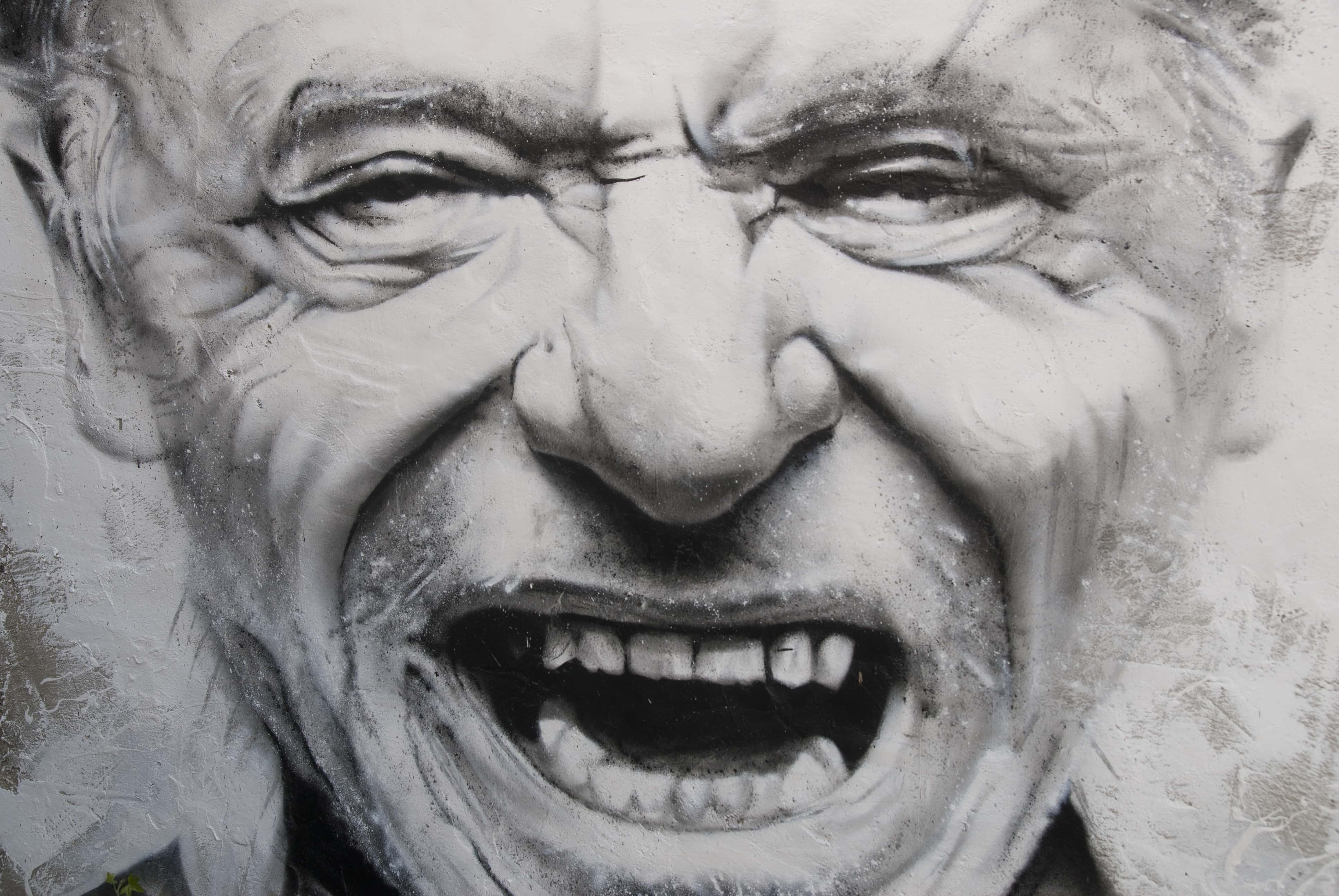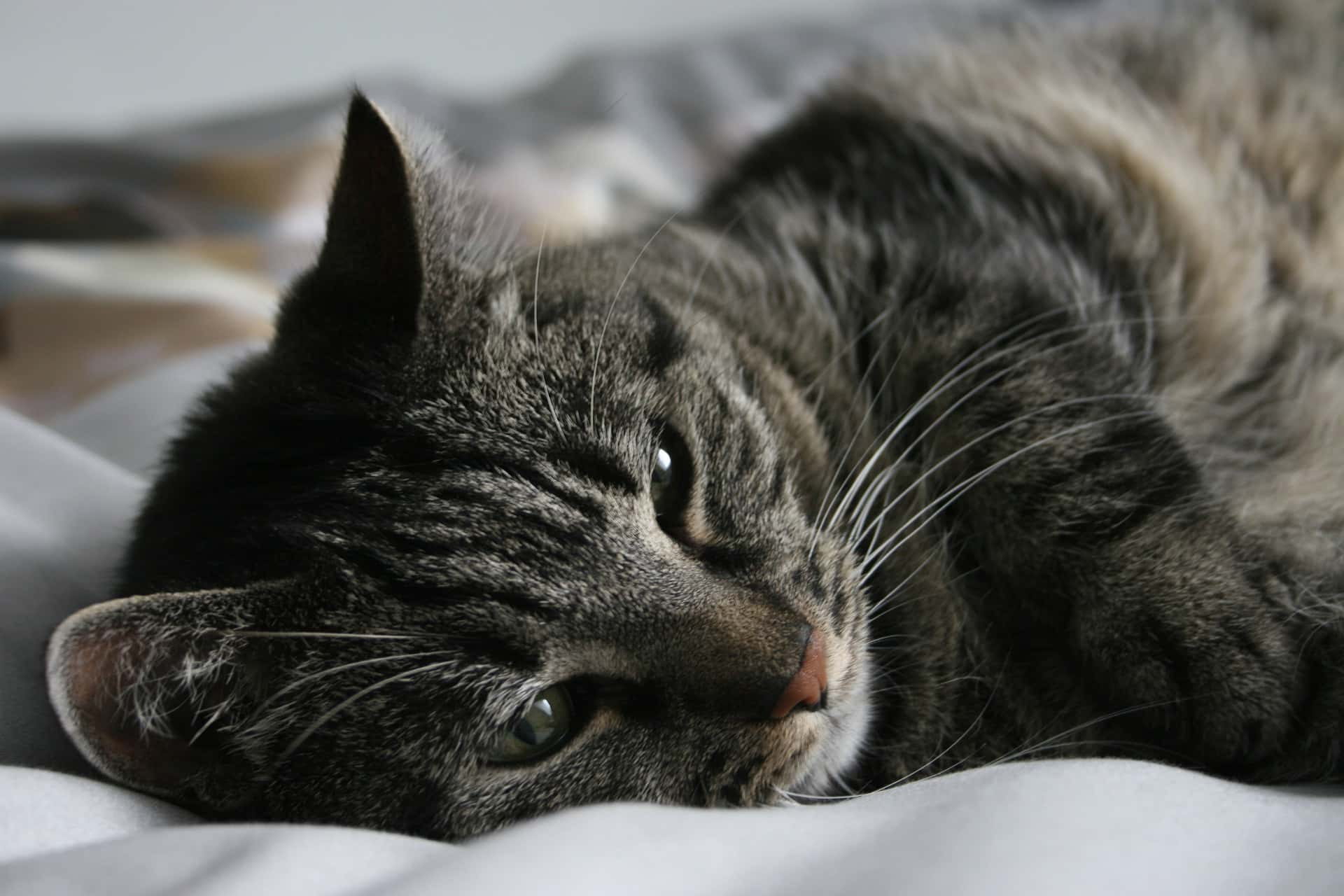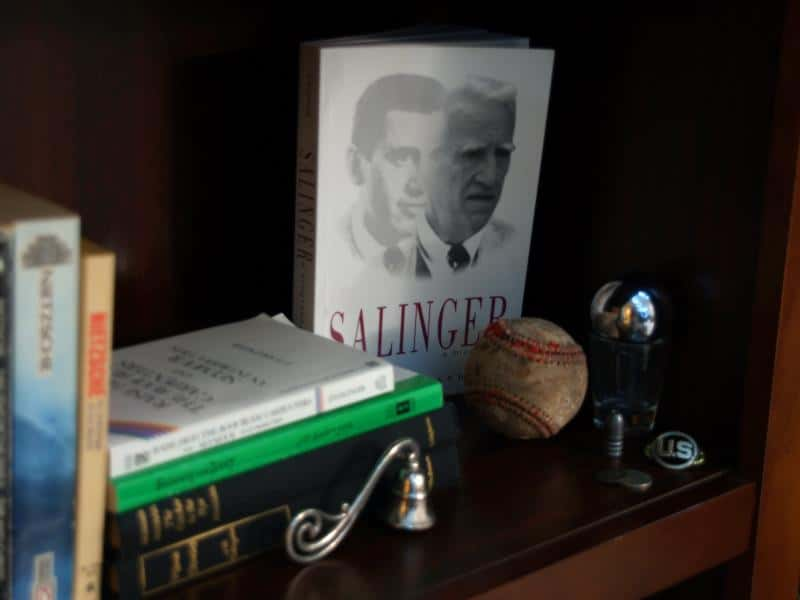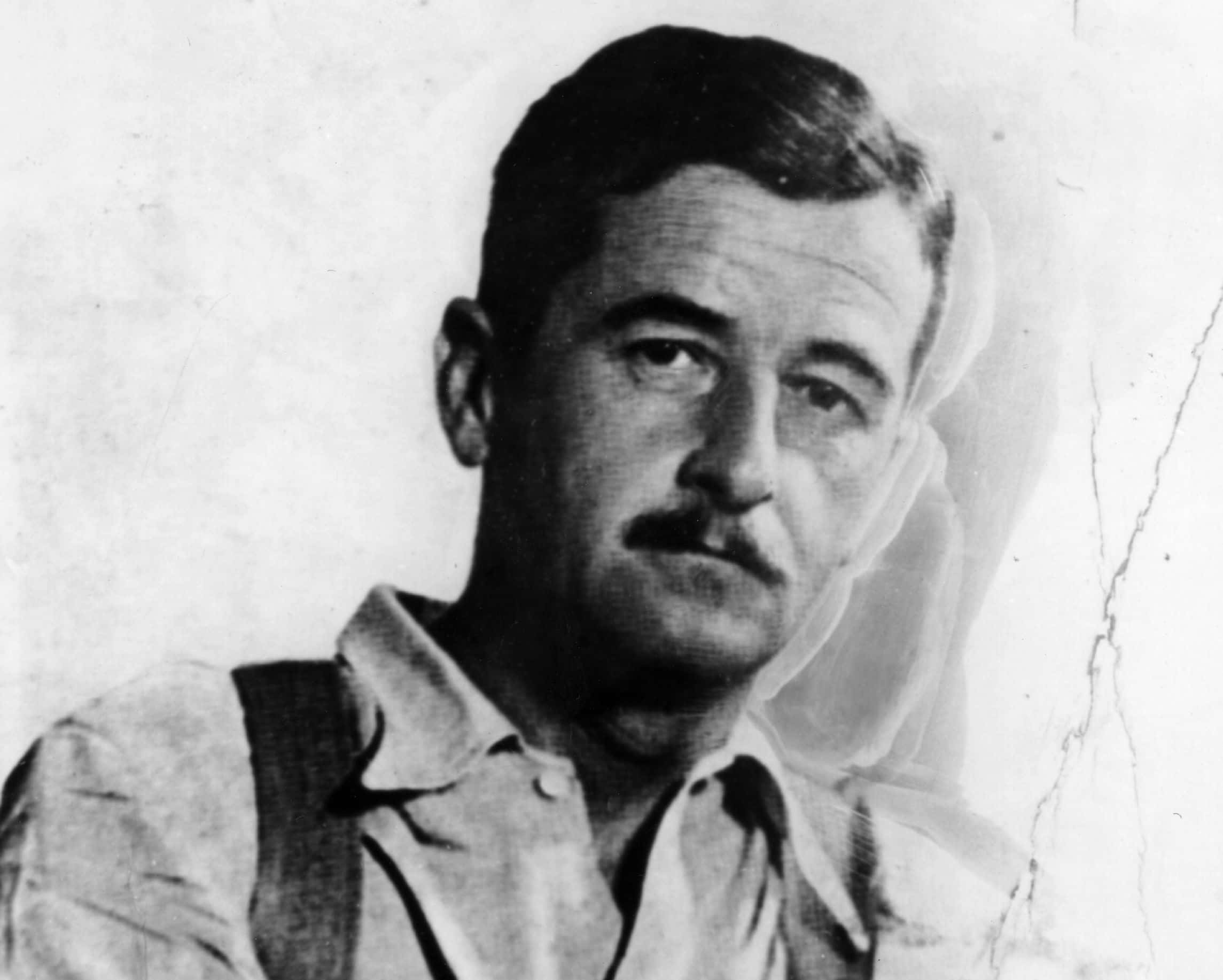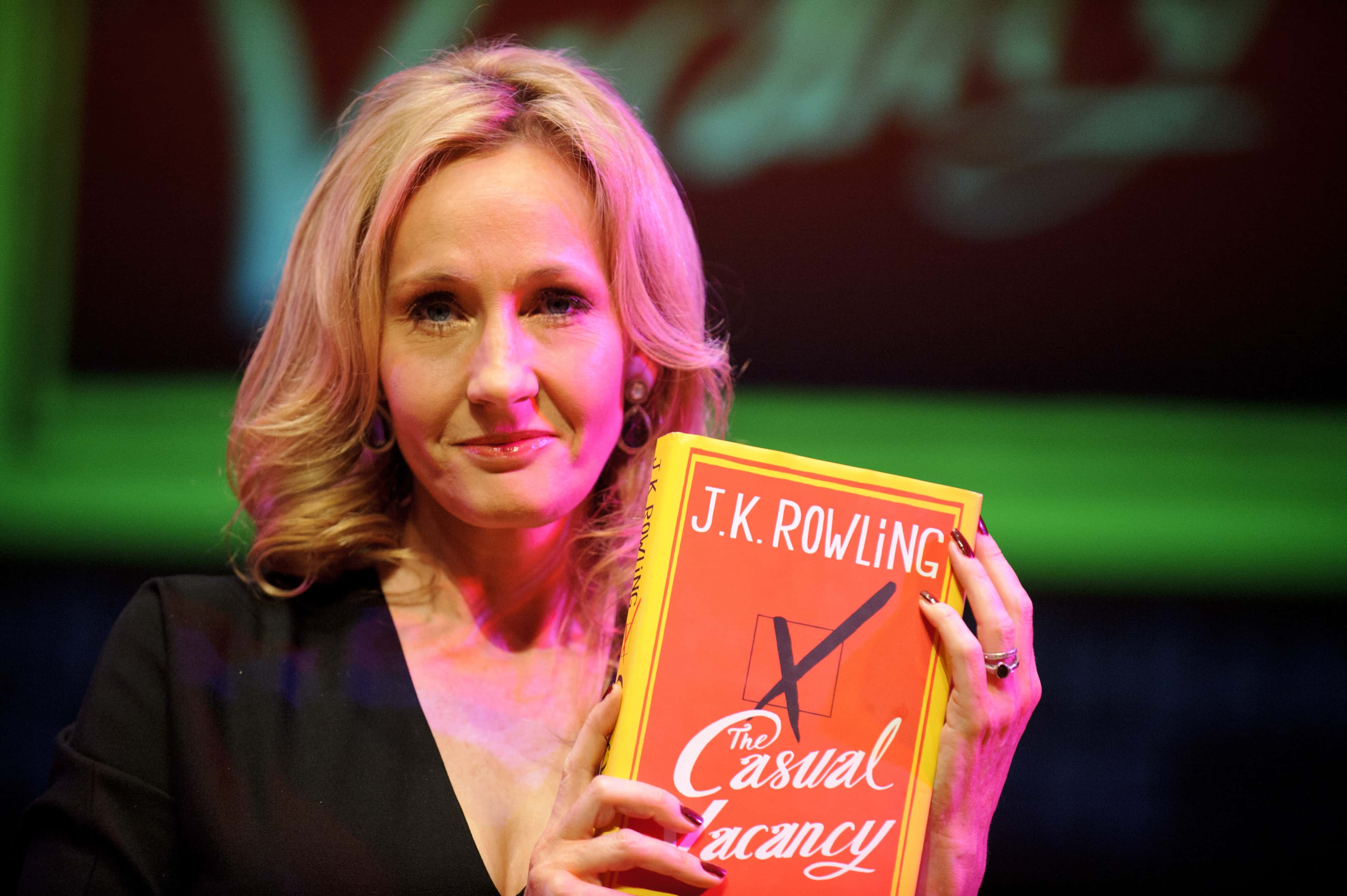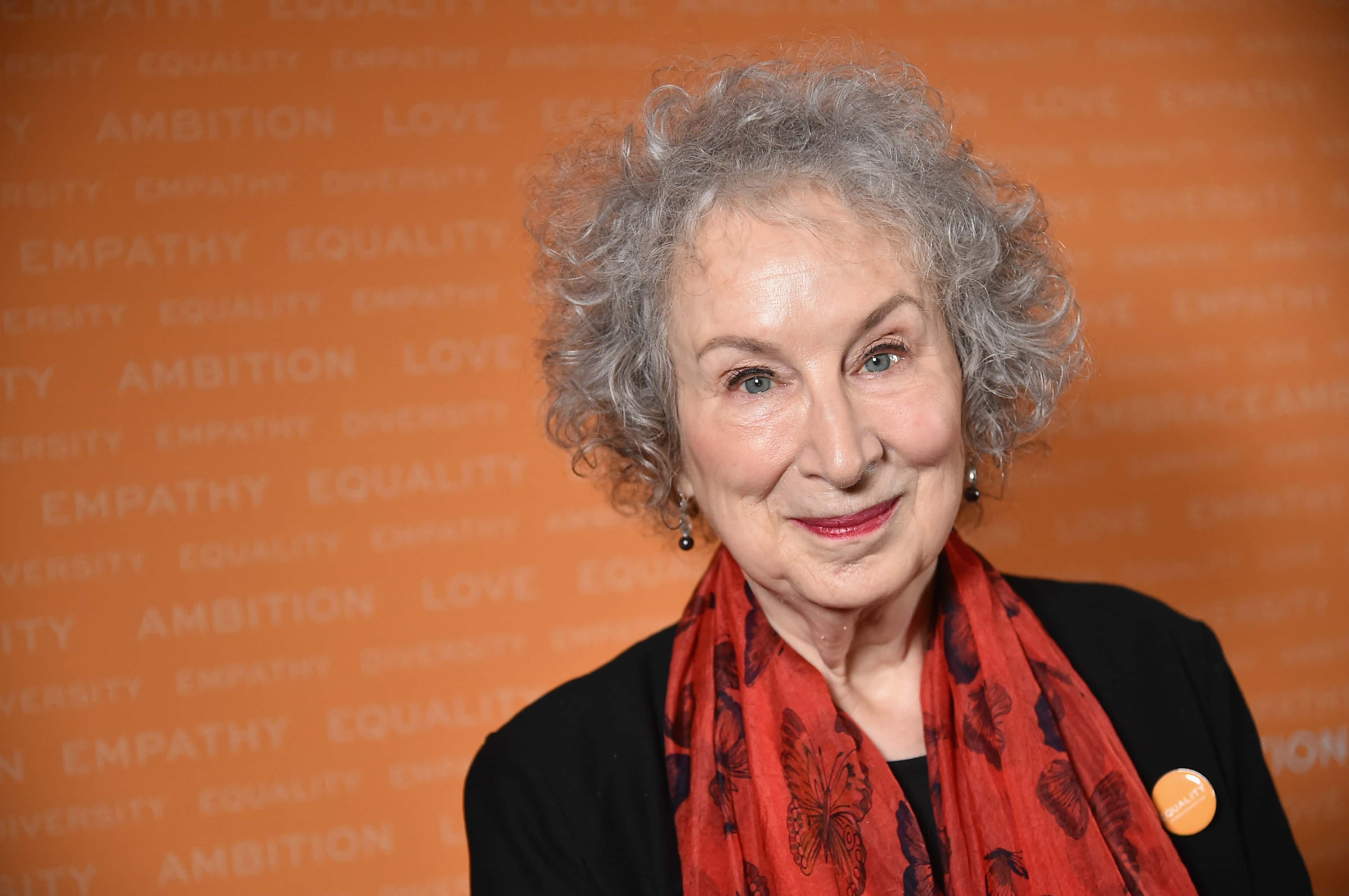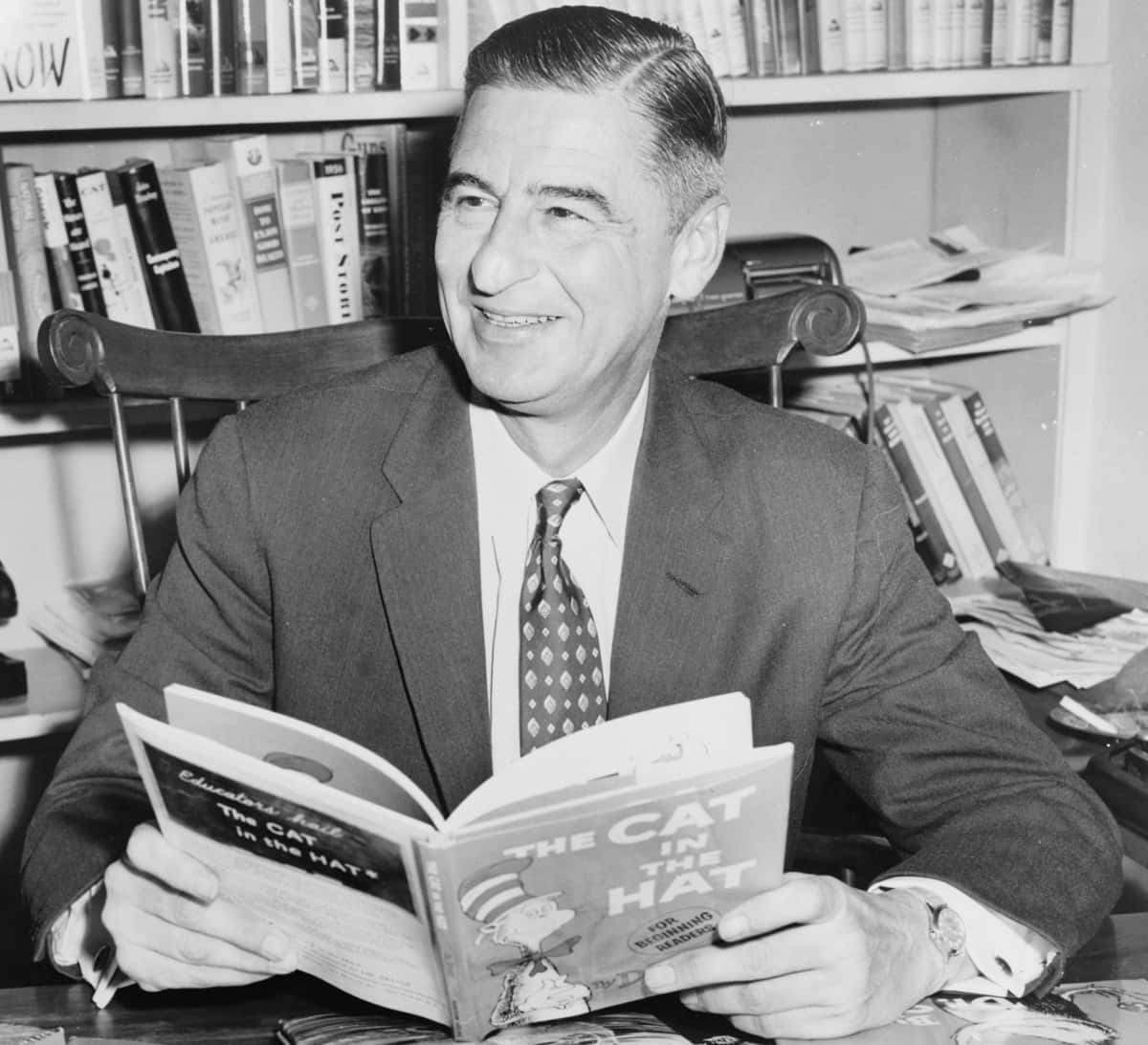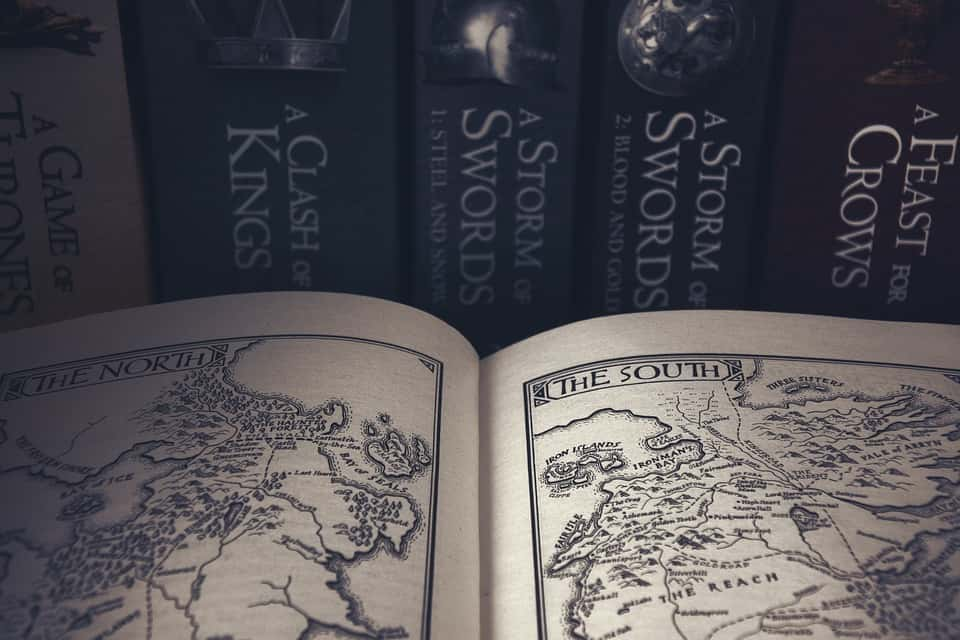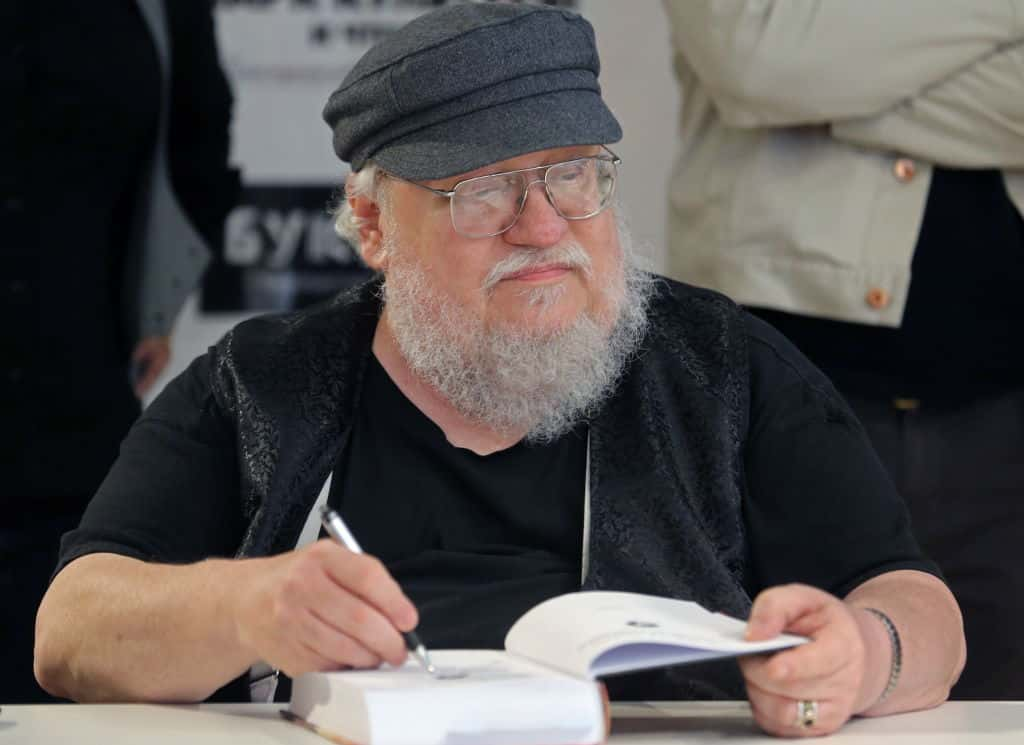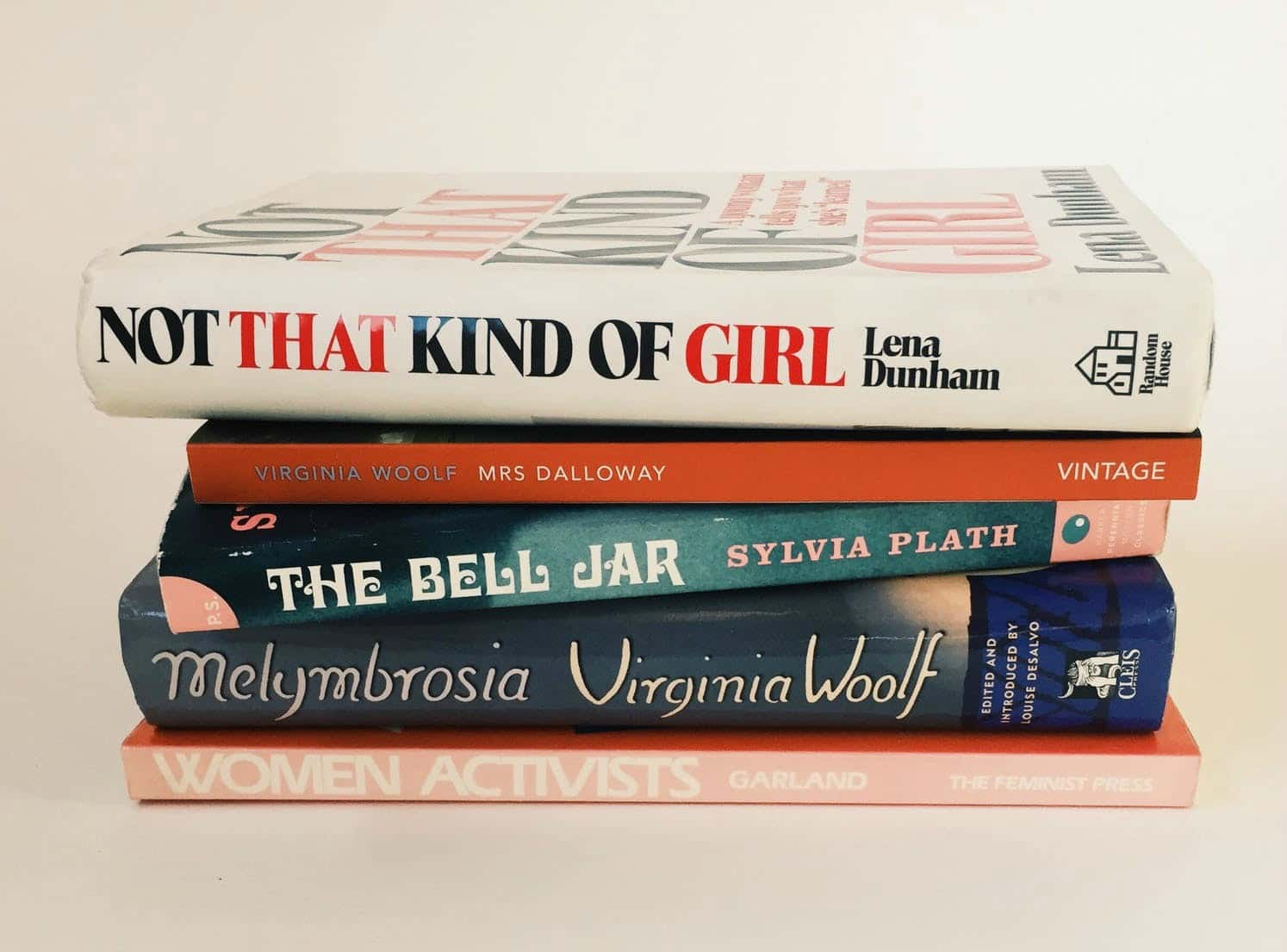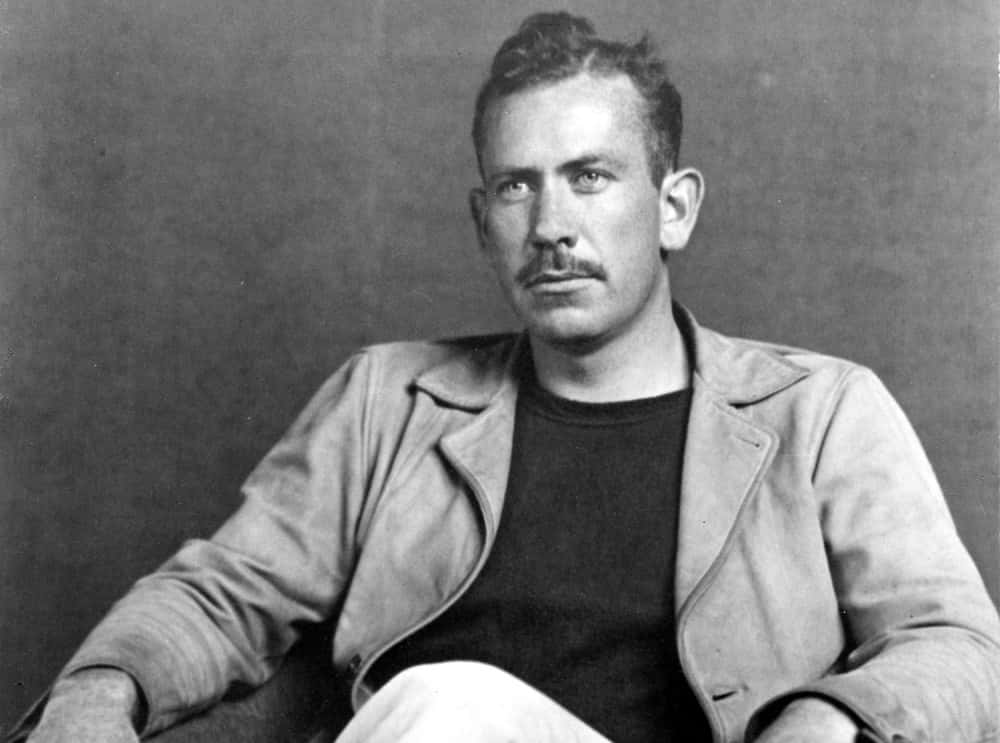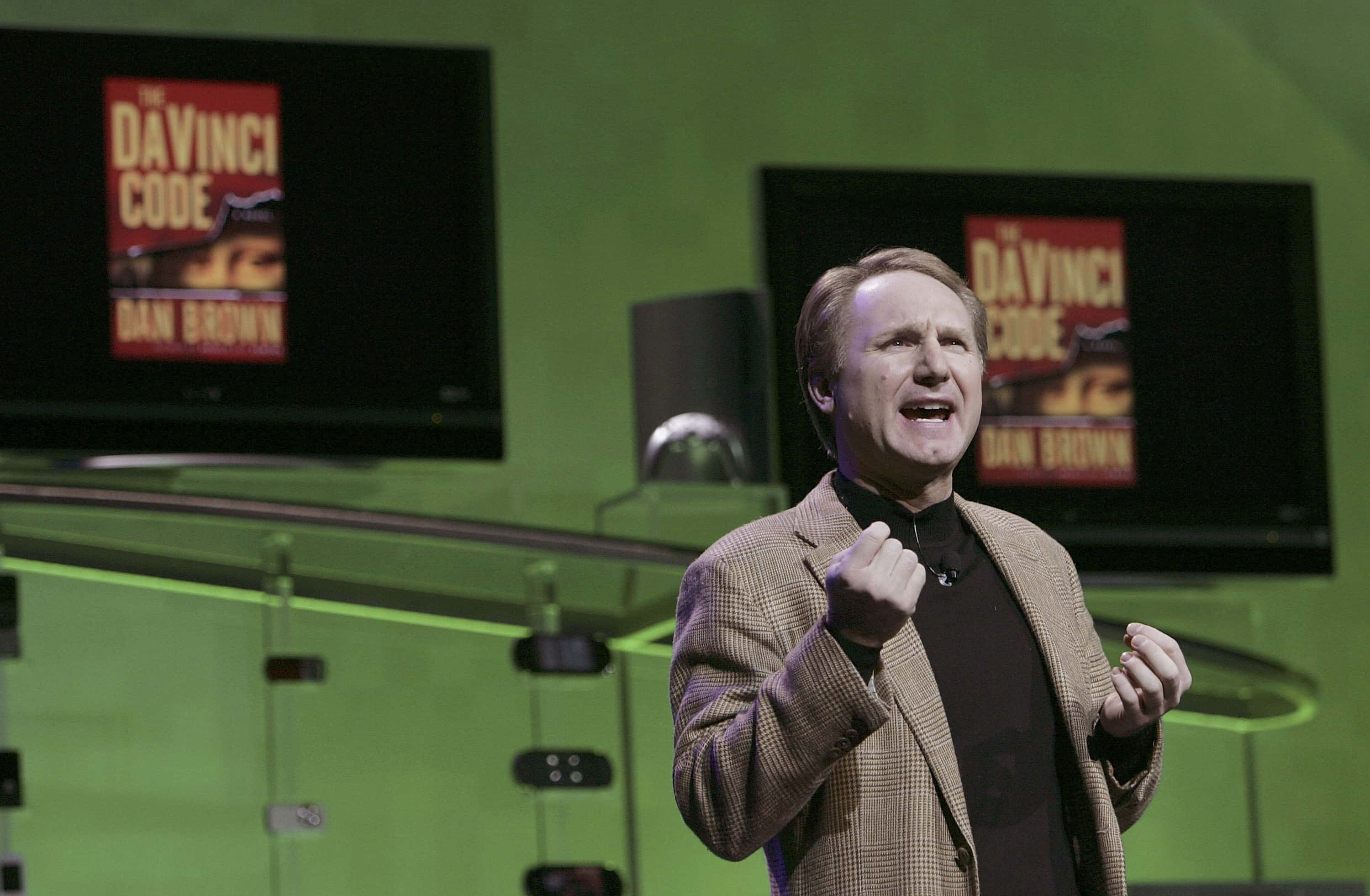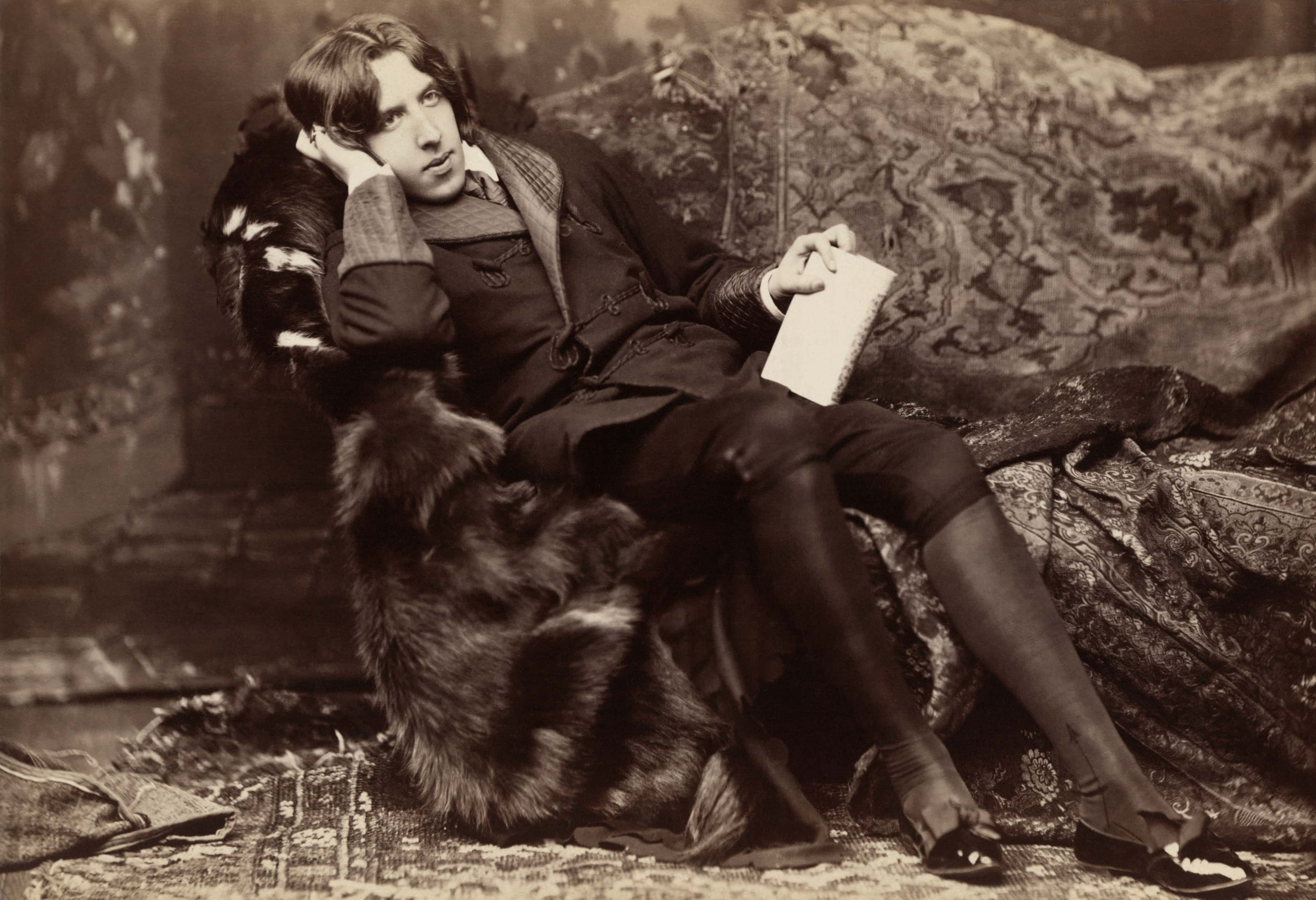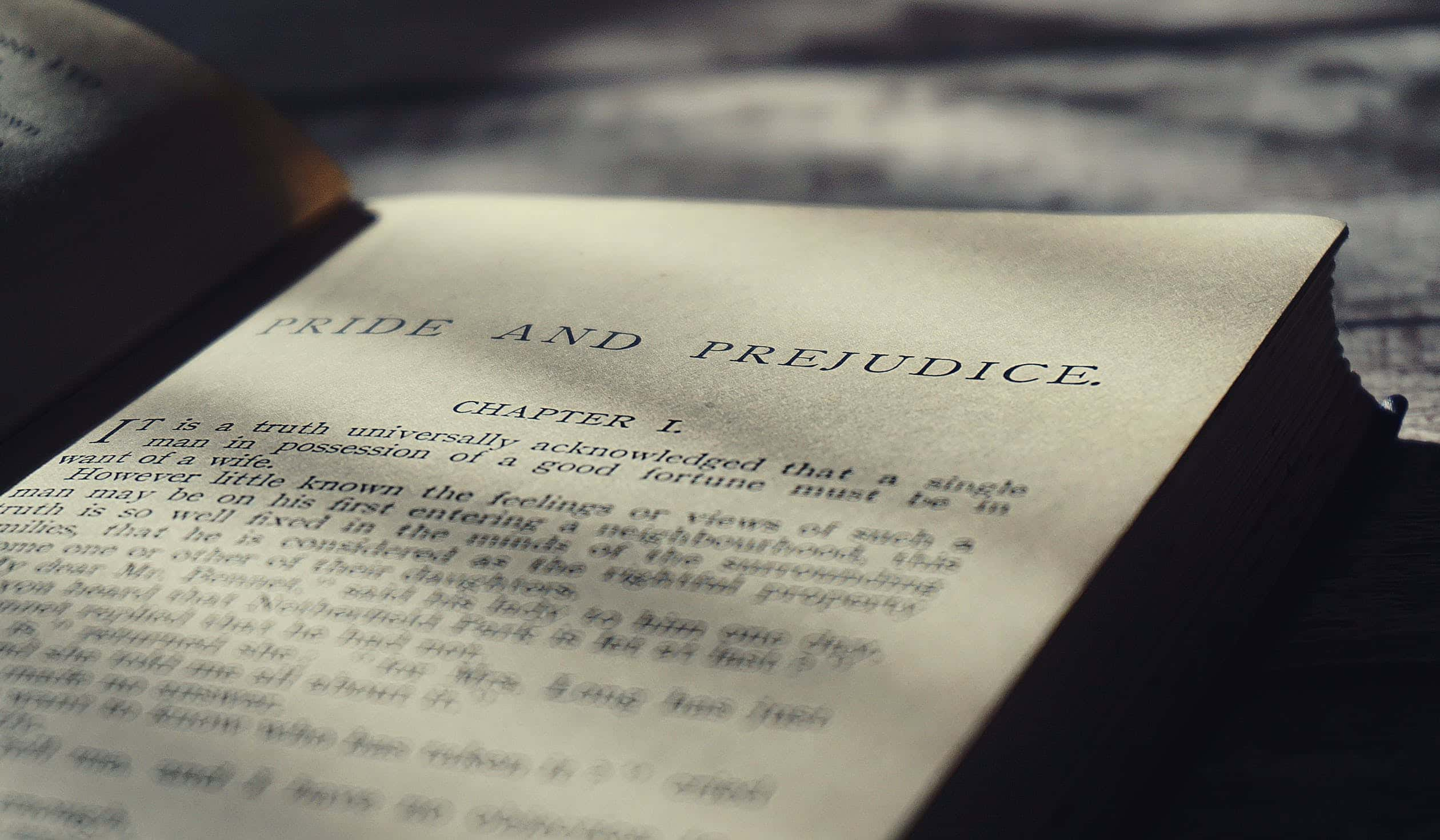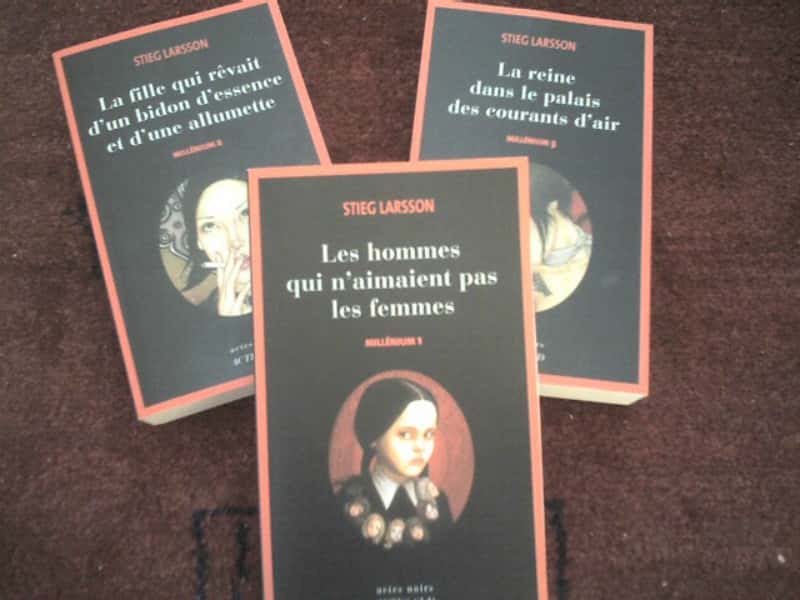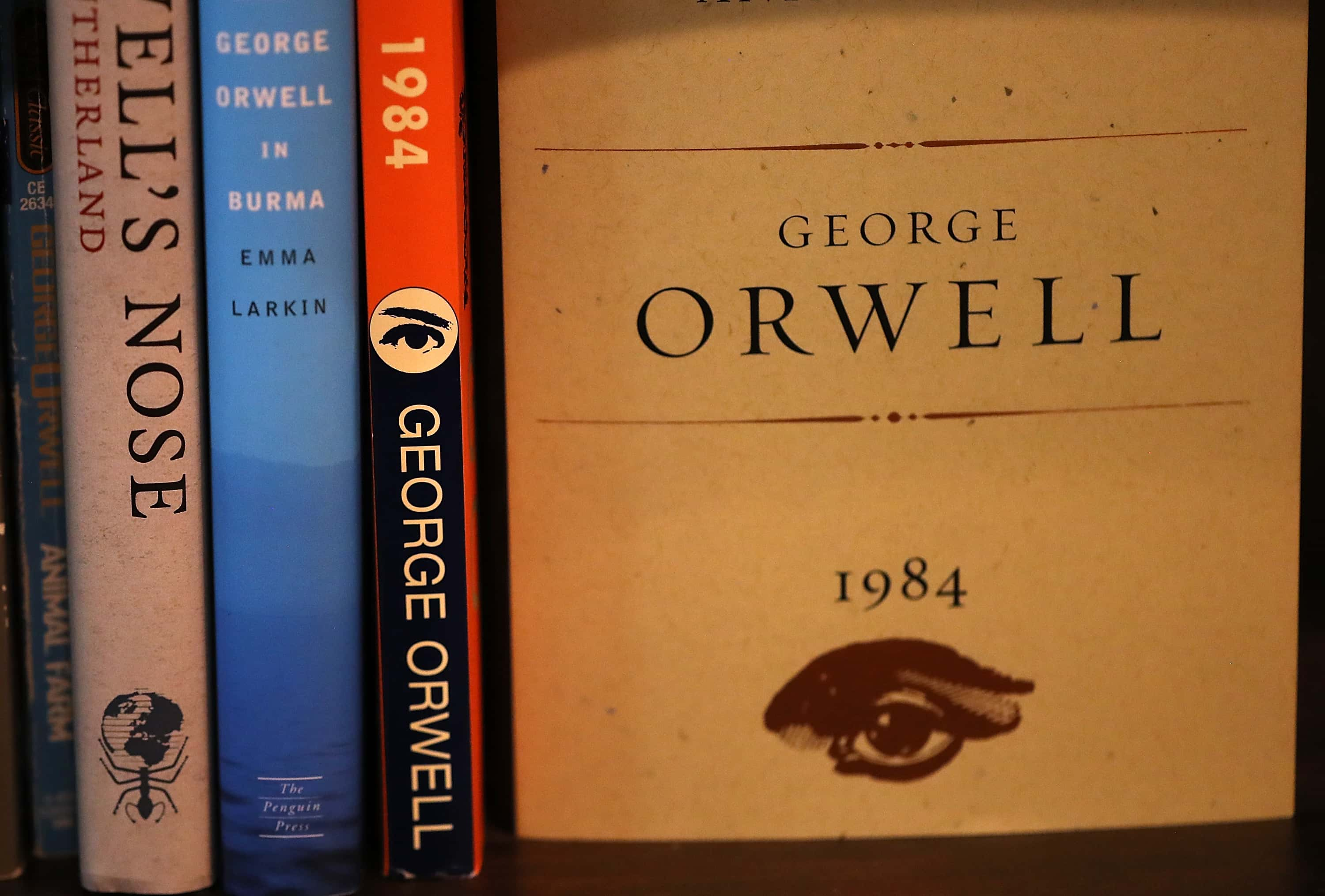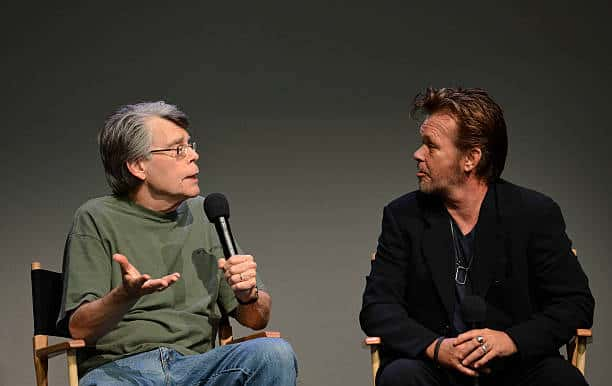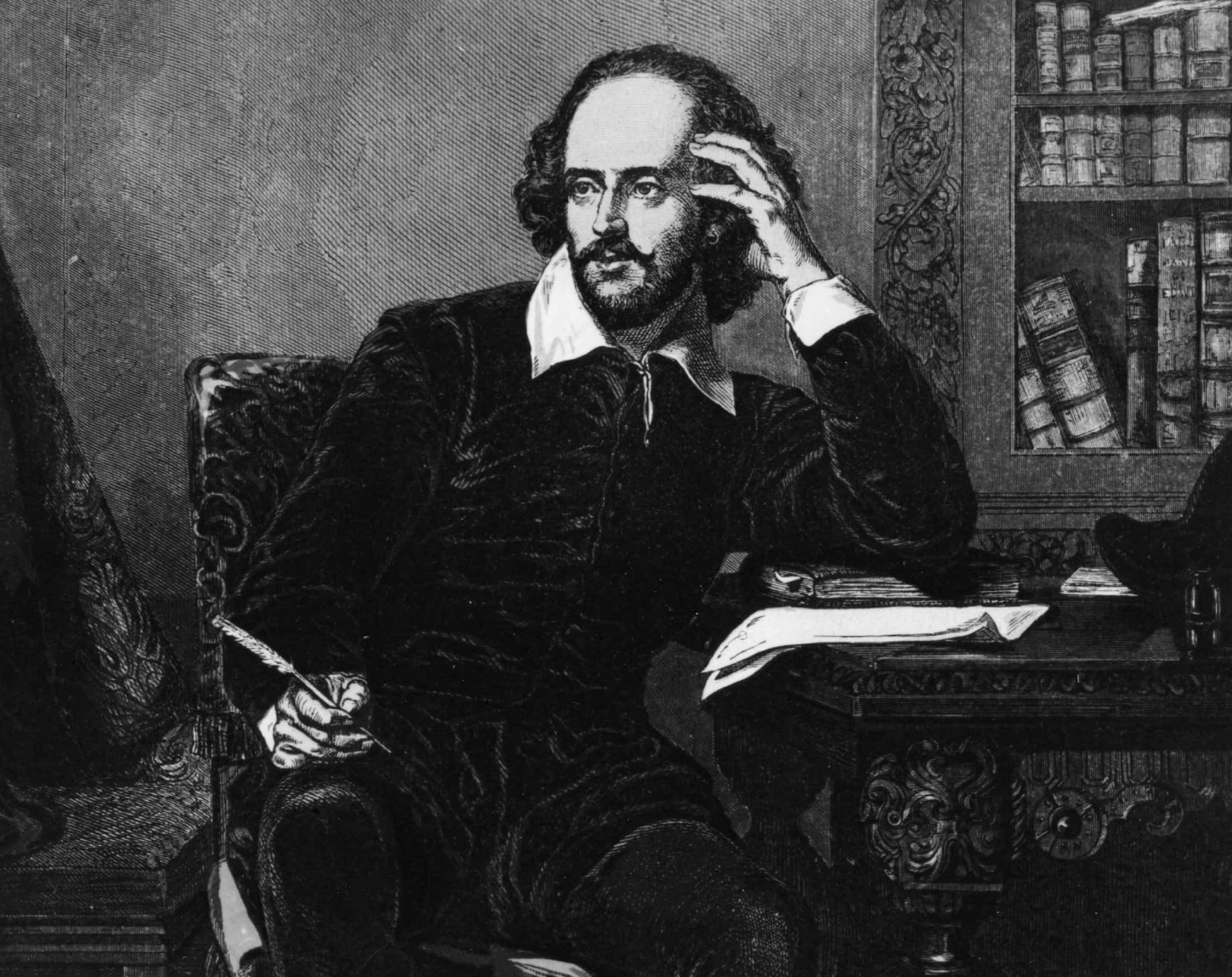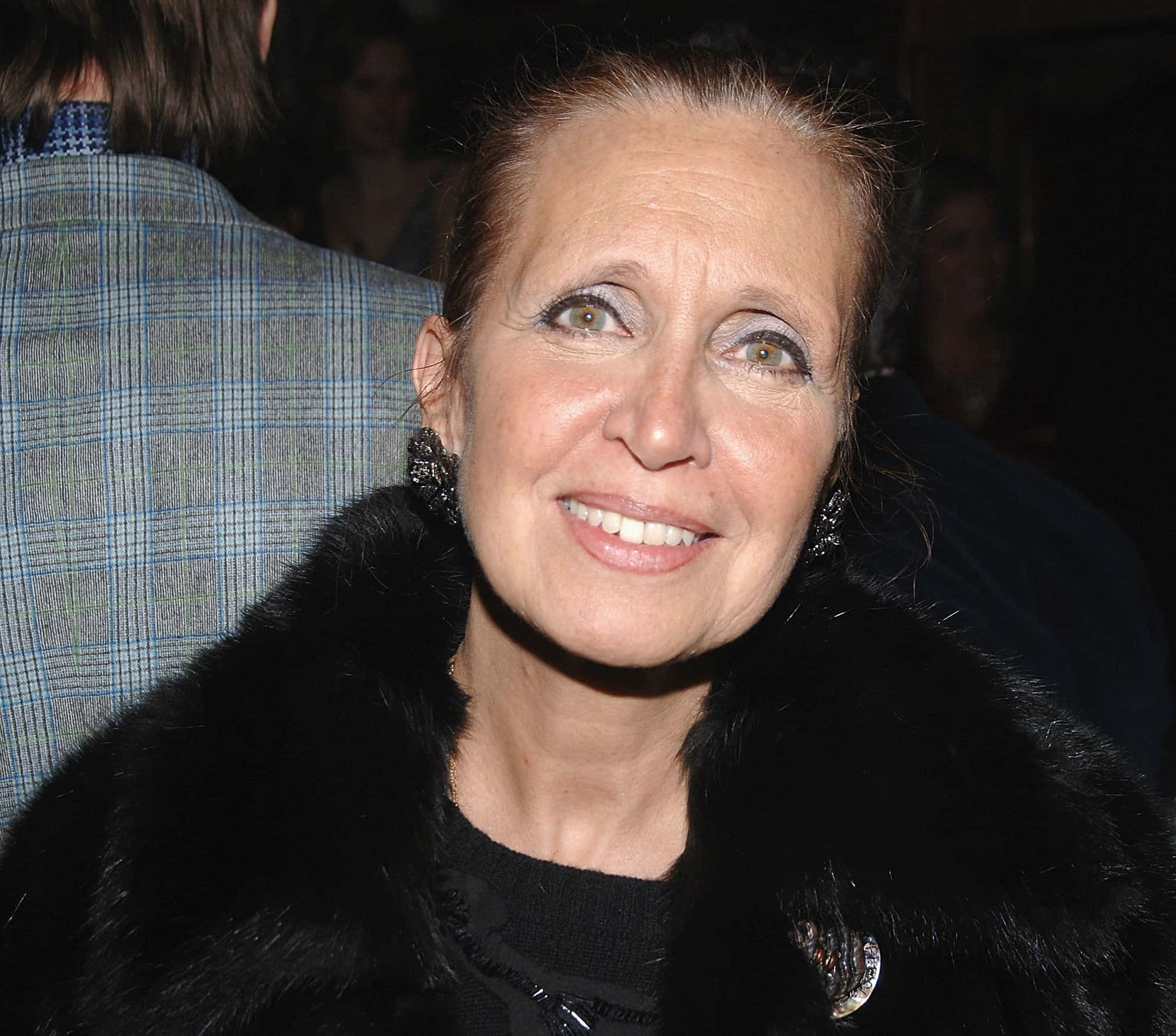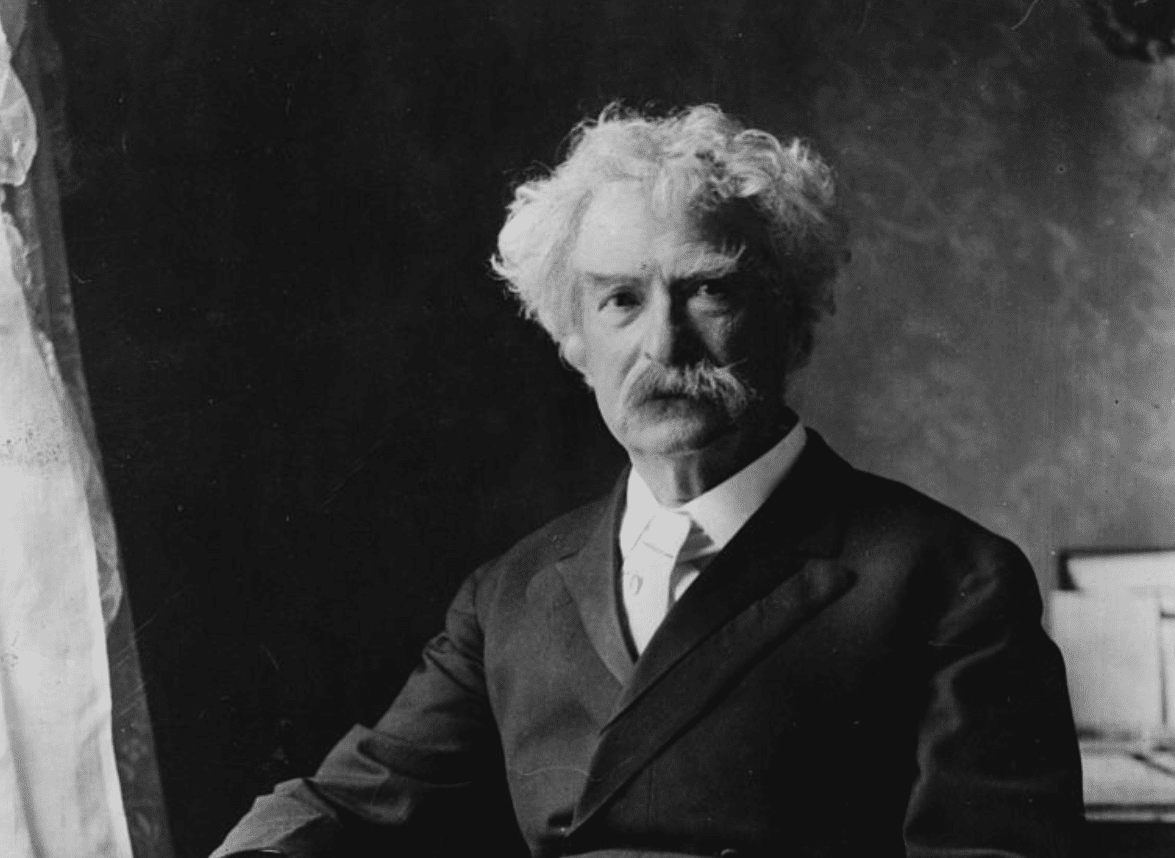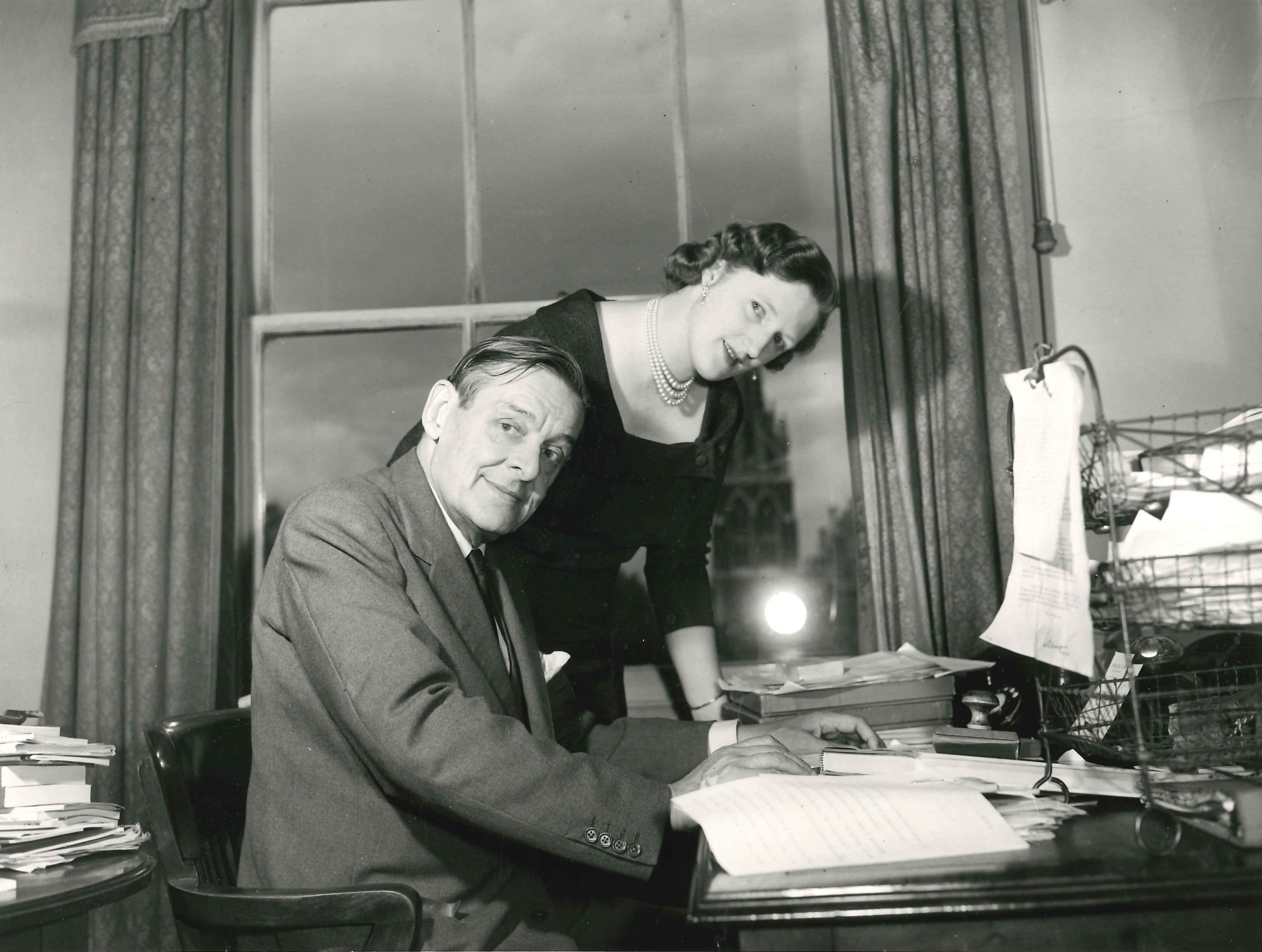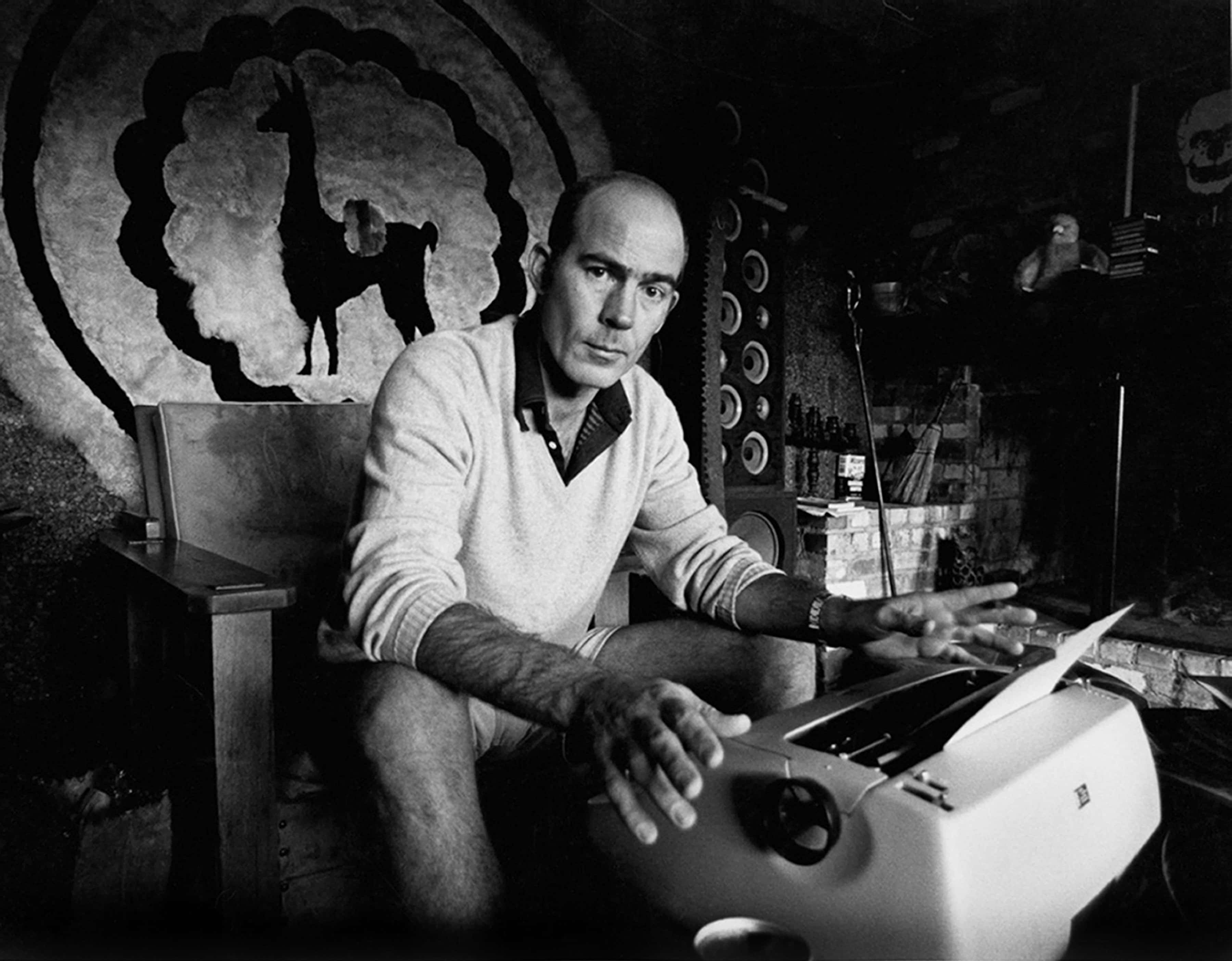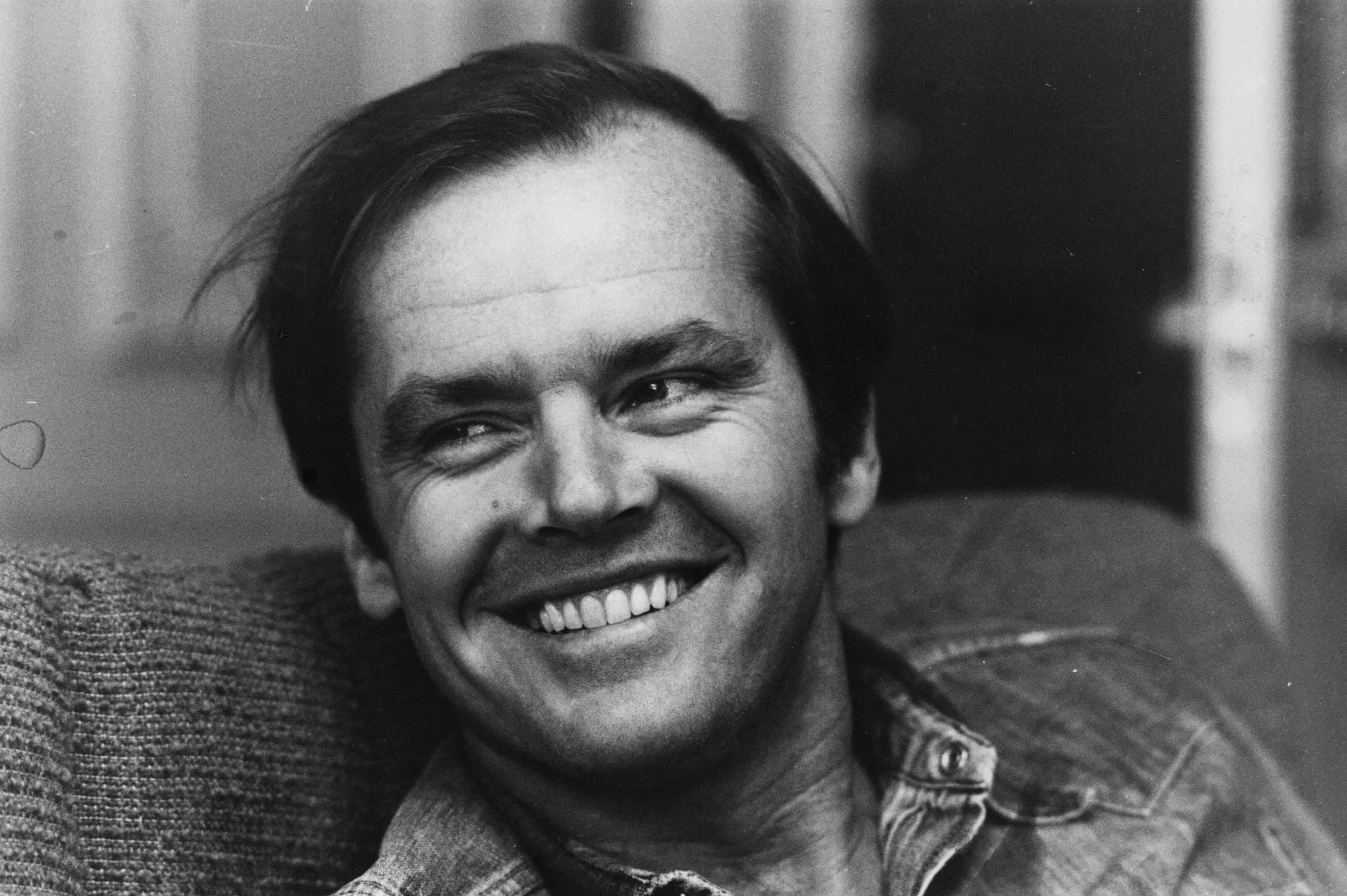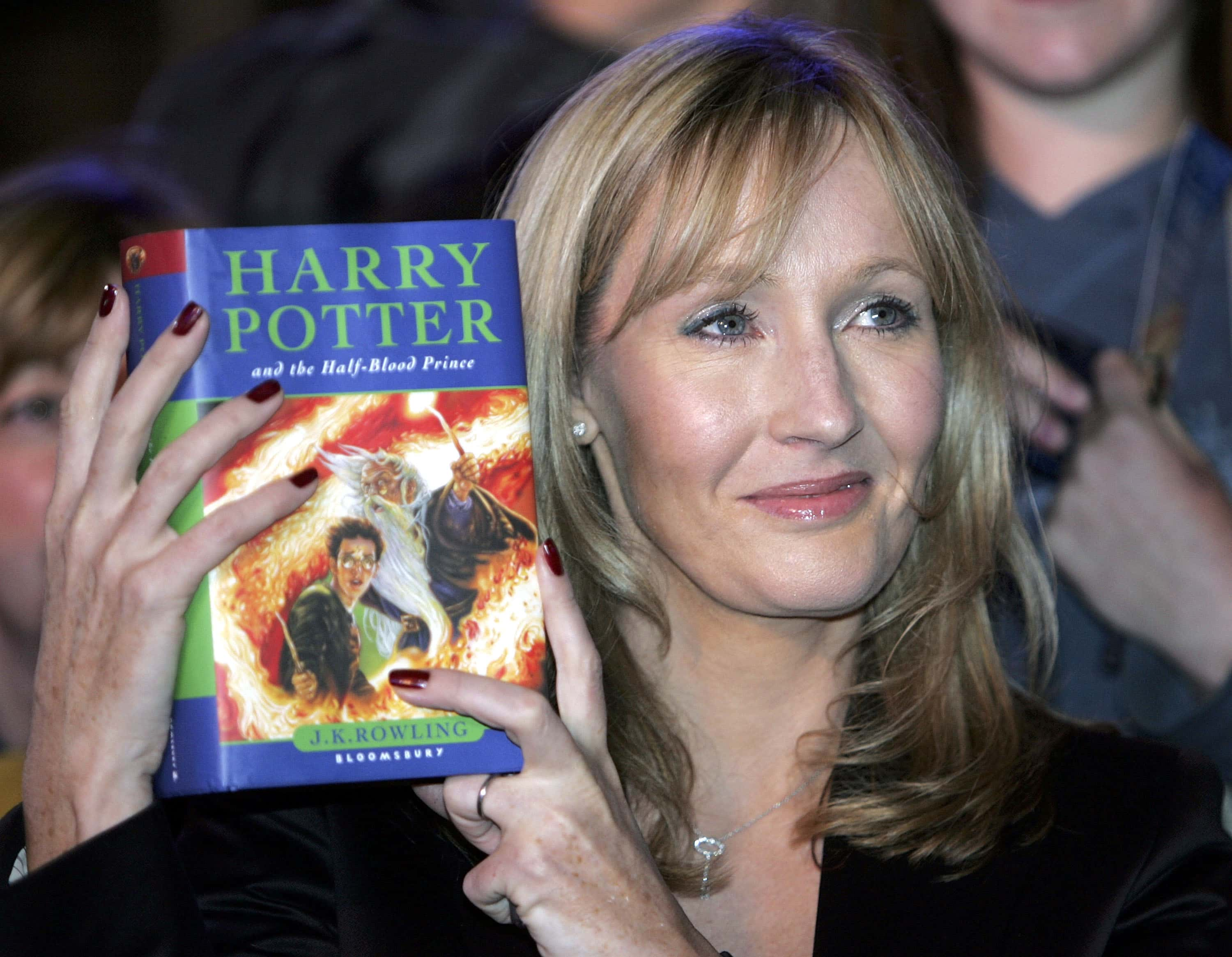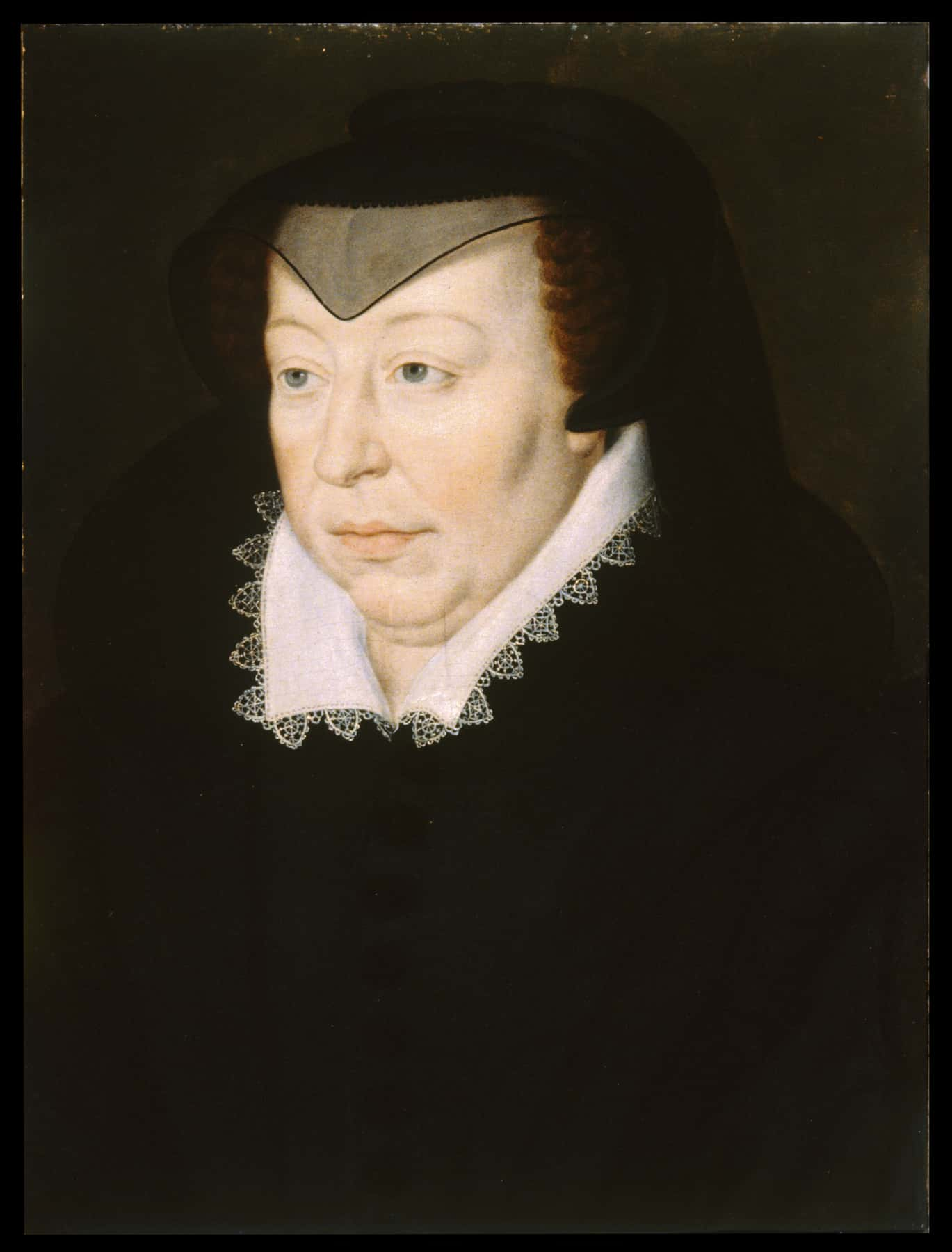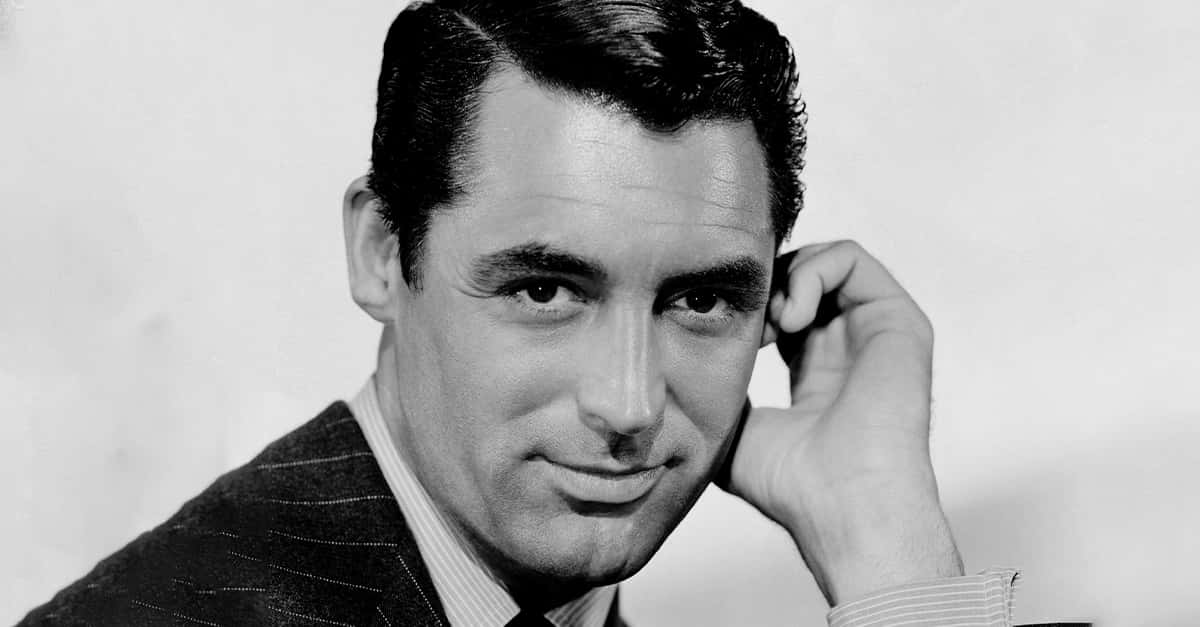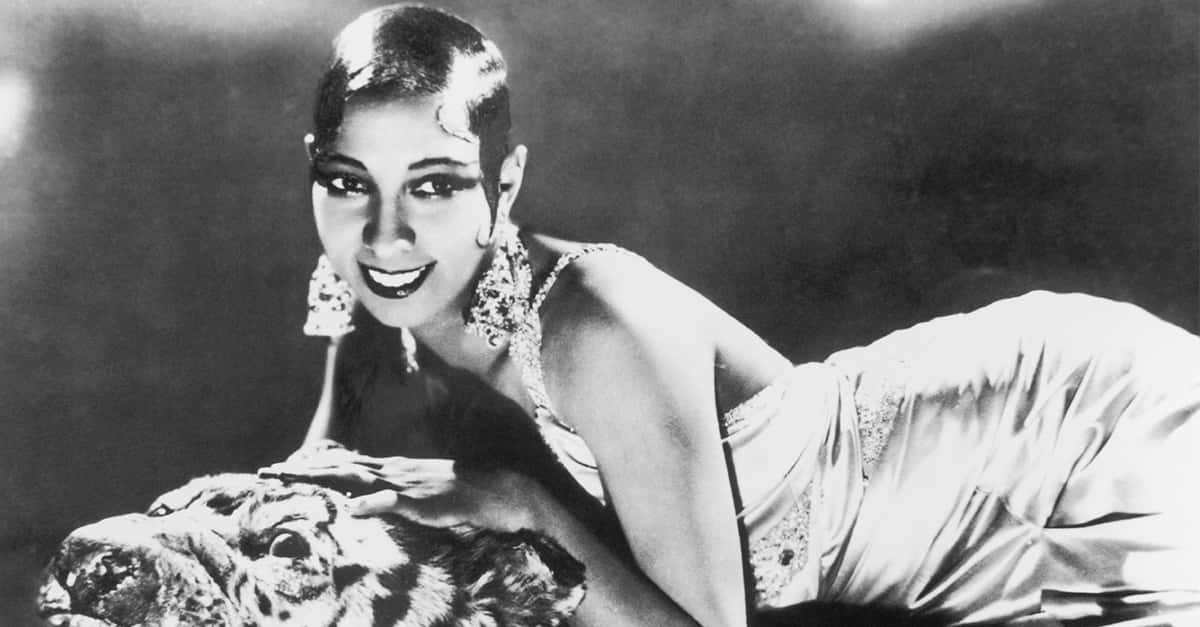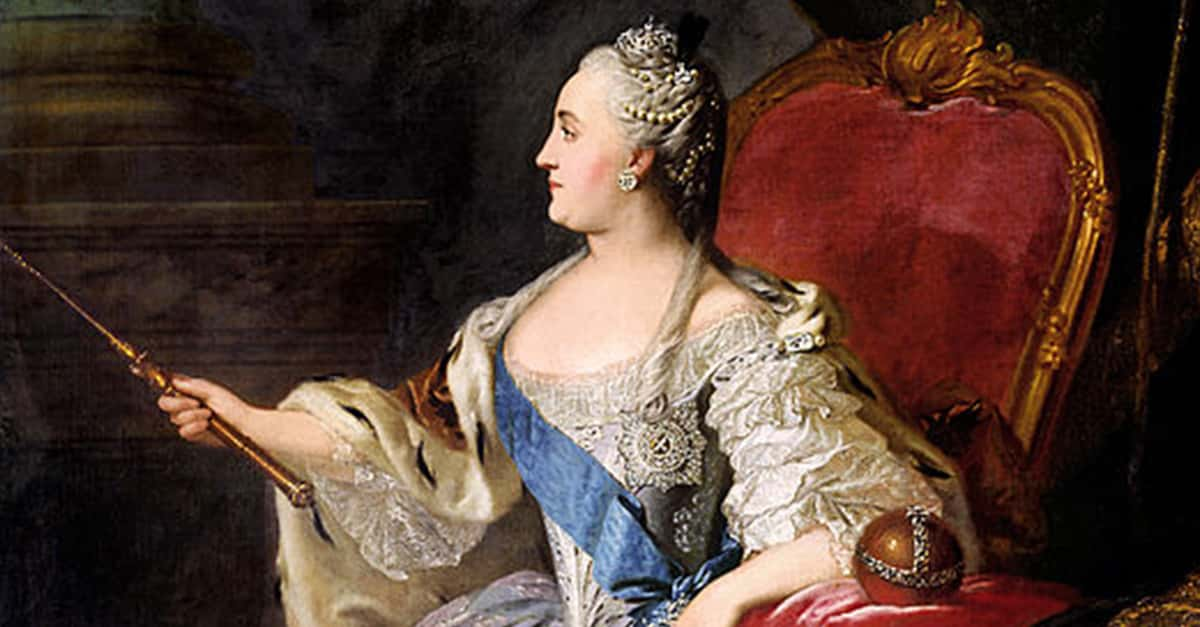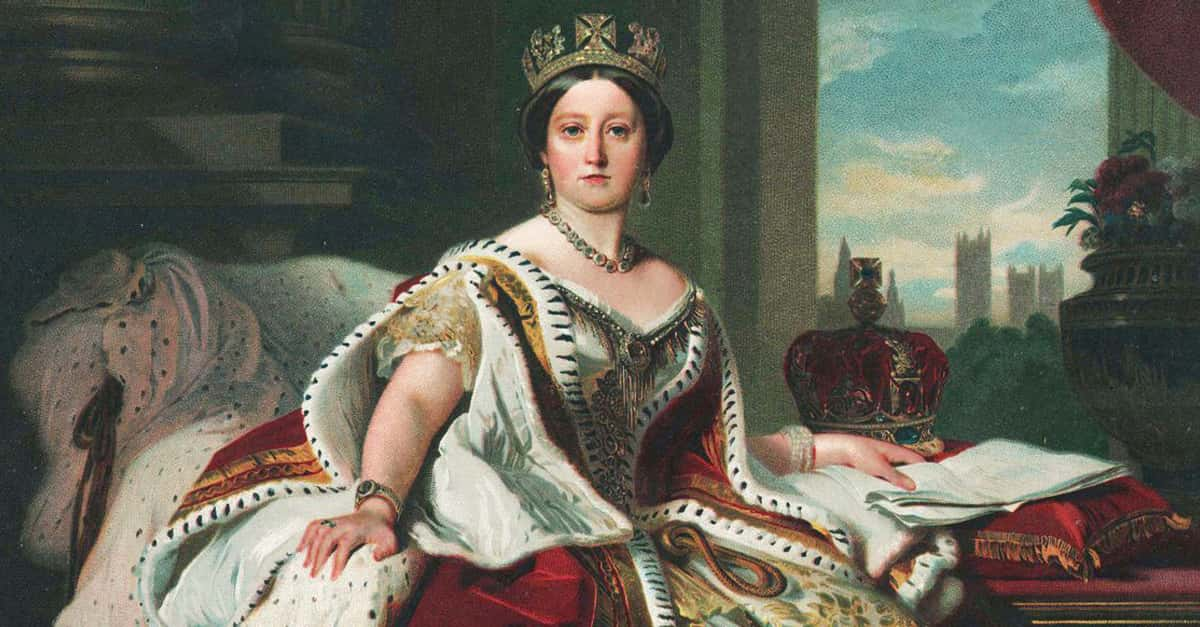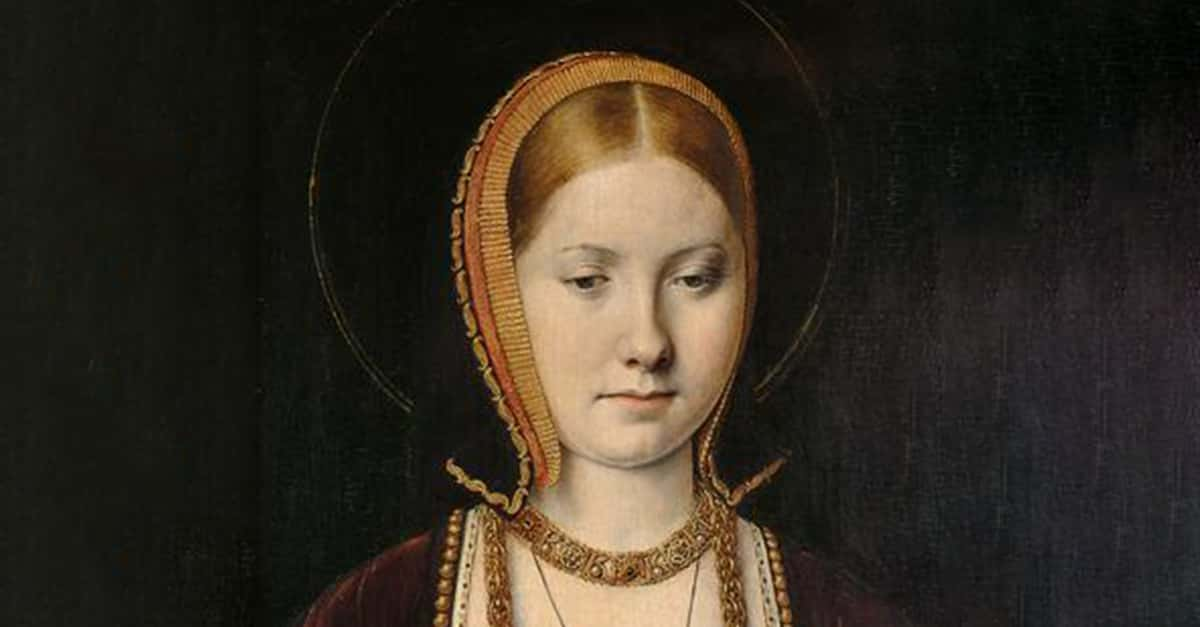From quirky writing processes to metaphysical hobbies, writers are complex, intellectual creatures who draw inspiration from the depths of their vivid imagination. They straddle multiple worlds, sometimes living a colourful, flamboyant life, and at other times existing in isolation and poverty. Here are 42 insights into the multi-faceted lives of famous writers.
1. Stephen King's Hazy 80's
Stephen King admitted that his drug and drinking issues were so bad in the 80’s that he actually wrote all of Cujo without remembering it happening. Says King,
"There's one novel, Cujo, that I barely remember writing at all. I don't say that with pride or shame, only with a vague sense of sorrow and loss. I like that book. I wish I could remember enjoying the good parts as I put them down on the page".
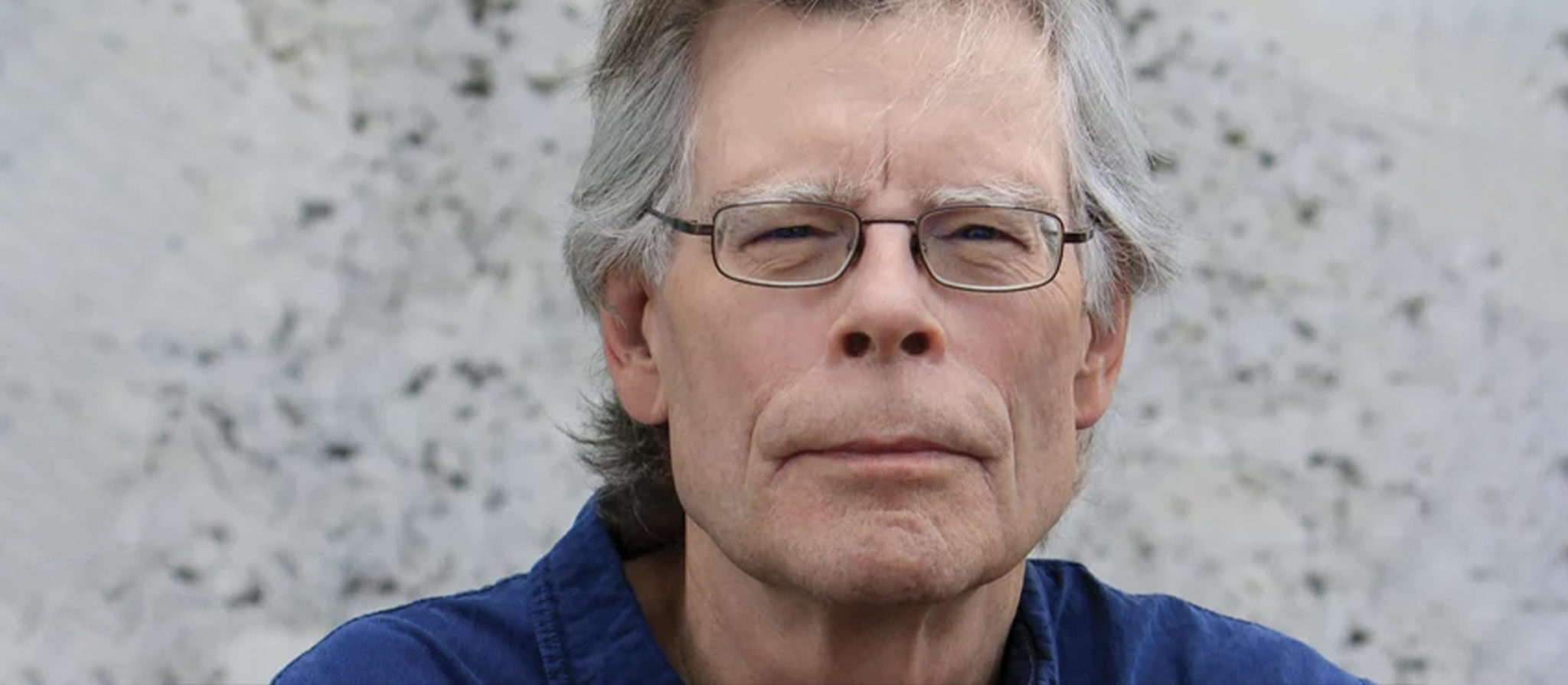
2. There are a 1,000 Ways to Die
American playwright Tennessee Williams, best known for A Streetcar Named Desire, choked to death from inhaling the small plastic cap usually found on a nasal spray or eye solution bottle.
3. No Black Cats Here
Bordering on the edge of superstitious, American novelist Truman Capote steered clear of starting or finishing his writing on any given Friday. Furthermore, if the phone number of the hotel room he was staying in had the number 13, he would change rooms.
4. Better to Be Safe Than Sorry
In case of fire, Danish author Hans Christian Andersen always brought an emergency coil of rope whenever he had to stay in a hotel.
5. The Opposite of Writer’s Block
The second draft of American poet Jack Kerouac’s novel On the Road was typed up in three weeks. He taped architect paper together to create one continuous roll of paper measuring a total of 120 feet long. Kerouac was determined to not interrupt his writing flow.
6. A Very Small Wedding
American writer and literary critic Edgar Allen Poe, known for his strange and dark macabre tales, married his first cousin, Virginia Eliza Clemm Poe. Clemm was 13 years younger than Poe–she was 13 and he was 26 at the time of marriage.
7. Look Into My Eyes
Regarded as the greatest novelist of the Victorian era, English writer Charles Dickens actively practiced hypnosis (then called mesmerism). Apparently, mesmerism can prove challenging to learn, but Dickens had a natural inclination.
8. It Was All a Dream
The idea for the Twilight series came Stephenie Meyer in a dream. She saw two people, an average girl and a very good looking sparkly vampire boy, in a meadow in the woods, engaged in an intense conversation. They were discussing the problems surrounding how they were falling in love with each other while he had a very strong attraction to her blood.
9. Where’s Wal…I Mean, Ernest?
Sloppy Joe’s Bar in Florida’s Key West holds an annual Ernest Hemingway Lookalike Contest (Hemingway once lived there). It’s a 3-day festival, with over 160 hopeful contestants.

History's most fascinating stories and darkest secrets, delivered to your inbox daily.
10. Not Shaken or Stirred
Hemingway, a solider, amateur boxer, and hunter, was known to be a man’s man. It comes as no surprise, then, that he even has his own artisanal rum brand from his estate's Ernest Hemingway Collection.
11. The Other Side
During his writing career, Aldous Huxley (author of Brave New World) discovered psychedelics. He wasn’t having much luck in Hollywood writing screenplays, but his experimentation with substances, as documented in his book The Doors of Perception, put him on the counterculture map. Huxley even asked his wife to inject him with psychedelics on his deathbed. I bet Tennessee Williams is jealous.
12. In Need of a Good Dentist
When he was struggling for work, Ham on Rye author Charles Bukowski survived on one candy bar a day. It was a Payday–nougat rolled in salted peanuts and caramel–and it only cost a nickel.
13. Cats Rule, Dogs Drool
Bukowski also really loved cats. All of his musings and poems about his love affair with furry felines have been collated into a book, aptly titled On Cats. He had one named Minx.
14. Behind Closed Doors
According to Margaret A. Salinger’s memoir, her father J.D. Salinger drank his own urine and spoke in tongues.
15. School’s out for Summer
The Sound and the Fury novelist William Faulkner dropped out of high school in his second year.
16. Bottoms up
Faulkner also had a pretty intense writing process. He liked to work late at night, when he’d get his many ideas, with a bottle of Jack Daniels (his favorite) on hand.
17. Answer the Call
J.K. Rowling was ready when inspiration knocked on her door. While on a plane, Rowling came up with the the names for the famous houses of Hogwarts–and she wrote them down on a motion sickness bag!
18. It’s a Man’s World
Rowling chose her initials J and K as way to keep her identity anonymous and gender neutral, and because she was concerned that a story revolving around magic and wizards might fail if written by a woman. Her first name is Joanne, but she actually has no middle name; the "K" comes from her grandmother's name.
19. Who Needs an Ivy League Education Anyways?
Canadian novelist Margaret Atwood attended Harvard for graduate school, and she and her other female students were expected to serve the male students tea and cookies during long seminars.
20. Tiny Monsters
Theodor Seuss Geisel, better known as Dr. Seuss of Green Eggs and Ham, was afraid of children but liked to amuse them.
21. What Else Could We Call Them?
Without Dr. Seuss, we wouldn’t have the very commonly used pop culture word "nerd".
22. From Humble Beginnings
George R.R. Martin, writer of the A Song of Ice and Fire series (later adapted into Game of Thrones), grew up very humbly in the projects in New Jersey. He always wanted to travel, and his insatiable reading helped him to escape.
23. Blast From the Past
Martin still writes on a seemingly ancient computer by today’s standards. He uses WordStar processor 4.0 software, which was once popular in the 1980s. He claims it fulfills his every writing need.
24. Eureka Day
At one time, American poet Sylvia Plath suffered a mental breakdown and years of writer’s block. Once a collection of her poems was accepted for publishing, however, she was able to break the spell of her block. She went straight to work, and completed a draft of The Bell Jar in 70 days.
25. What About Erasers?
Of Mice and Men author John Steinbeck had a very particular writing ritual, and started every day with 24 sharpened pencils, using them until all 24 were dull before sharpening them again. He used up to 60 pencils in a day, sometimes nearly 100. His favorite brand to use was the Blackwing 602.
26. A Spoonful of Salt
Mary Poppins author P.L. Travers didn’t see eye to eye with Walt Disney when her book was adapted into a children’s sing-a-long film. She loathed the songs and didn’t agree with how Mary Poppins was cinematically brought to life; Poppins was supposed to be rather sharp and brisk, not gentle and kind.
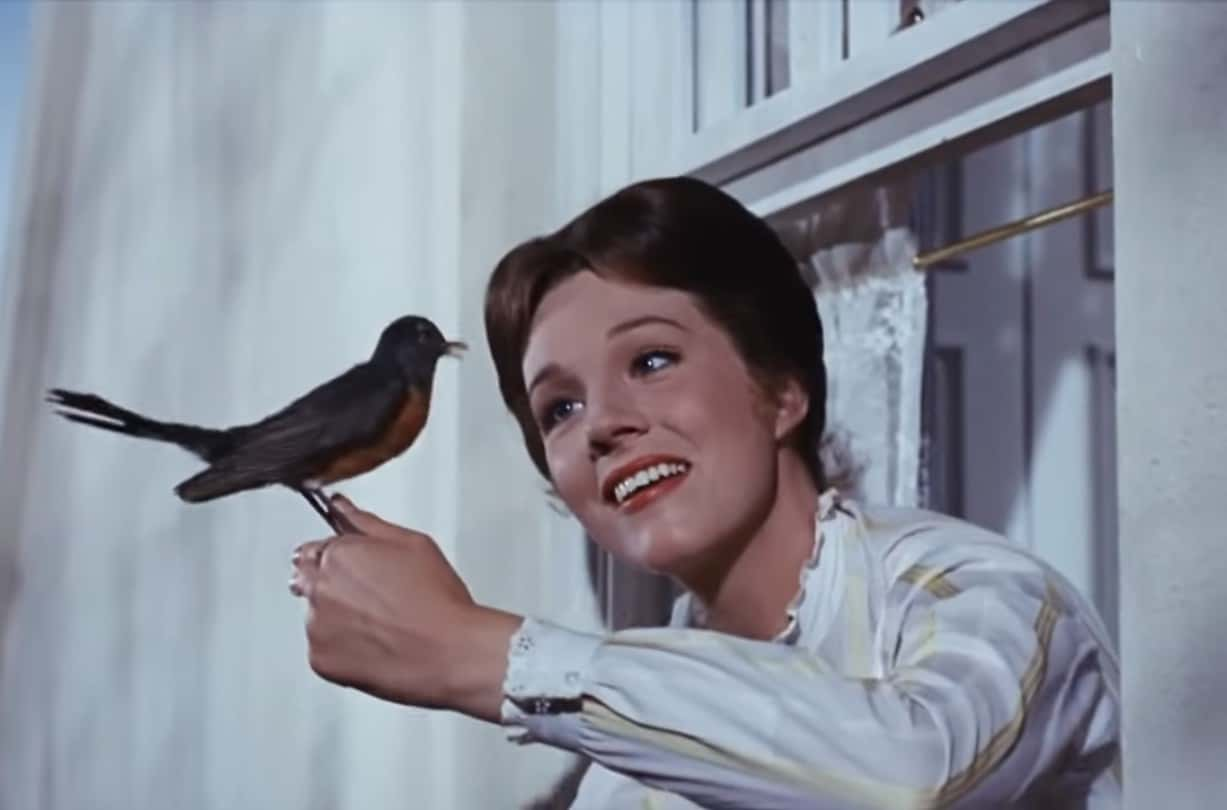 Mary Poppins, Walt Disney Pictures
Mary Poppins, Walt Disney Pictures
27. If It’s Nice, Use it Twice
Prior to the release of Dan Brown’s widely acclaimed mystery thriller The Da Vinci Code, the American author was solo pop singer. One of his albums is titled Angels and Demons.
28. Cocktail Hour
The Great Gatsby writer F. Scott Fitzgerald had a love affair with cocktails, drinking them regularly. He believed that gin was difficult to detect on one’s breath, making his favourite cocktails, like The Bailey, go-to beverages for the writer.
29. A True Fashionista
Alongside writing, Oscar Wilde adored fashion and interior design, and he had an eccentric drawing room consisting of a blue ceiling with painted dragons and walls accented with plaster settings of peacock feathers.
30. A Lover of Love
Despite the great romances and love affairs in her novels, Pride and Prejudice author Jane Austen never married.
31. Good Girl Gone Bad
Lisbeth Salander, the dark and heroic character from Stieg Larsson’s Millennium crime series, is based on Larsson's imaginings of a grown up, unconventional version of Astrid Lindgren's Pippi Longstocking.
32. Are You Really Who You Say You Are?
NineteenEighty-Four author George Orwell was born in India, and his real name was Eric Blair; Orwell's father was a civil servant employed by the Opium Department of the British Indian government.
33. Joining Forces
Author Stephen King collaborated with musician John Mellencamp to write and produce the musical Ghost Brothers of Darkland County. It’s a Southern Gothic tale of two brothers in a haunted cabin, and has a star studded soundtrack that includes Sheryl Crow, Kris Kristofferson, Elvis Costello, and more.
34. Big Willy Style
Regarded as the greatest writer in the English language, William Shakespeare’s piles of poems, plays, and sonnets gave birth to (or were the first recorded use of) a plethora of original words we still use today, including "eyeball," "fashionable," "swagger," and "scuffle".
35. Perfect Practice Makes Perfect
Children’s writer Roald Dahl, of BFG and The Witches fame, had a strict writing habit. Every day, he wrote for two hours in the morning from 10am–12pm, and then again for two hours in the evening from 4pm–6pm.
36. Word of Mouth
After a series of tragic childhood events that resulted in the passing of her mother's abusive boyfriend, Maya Angelou did not speak for the next five years because she believed that her words had caused the incident.
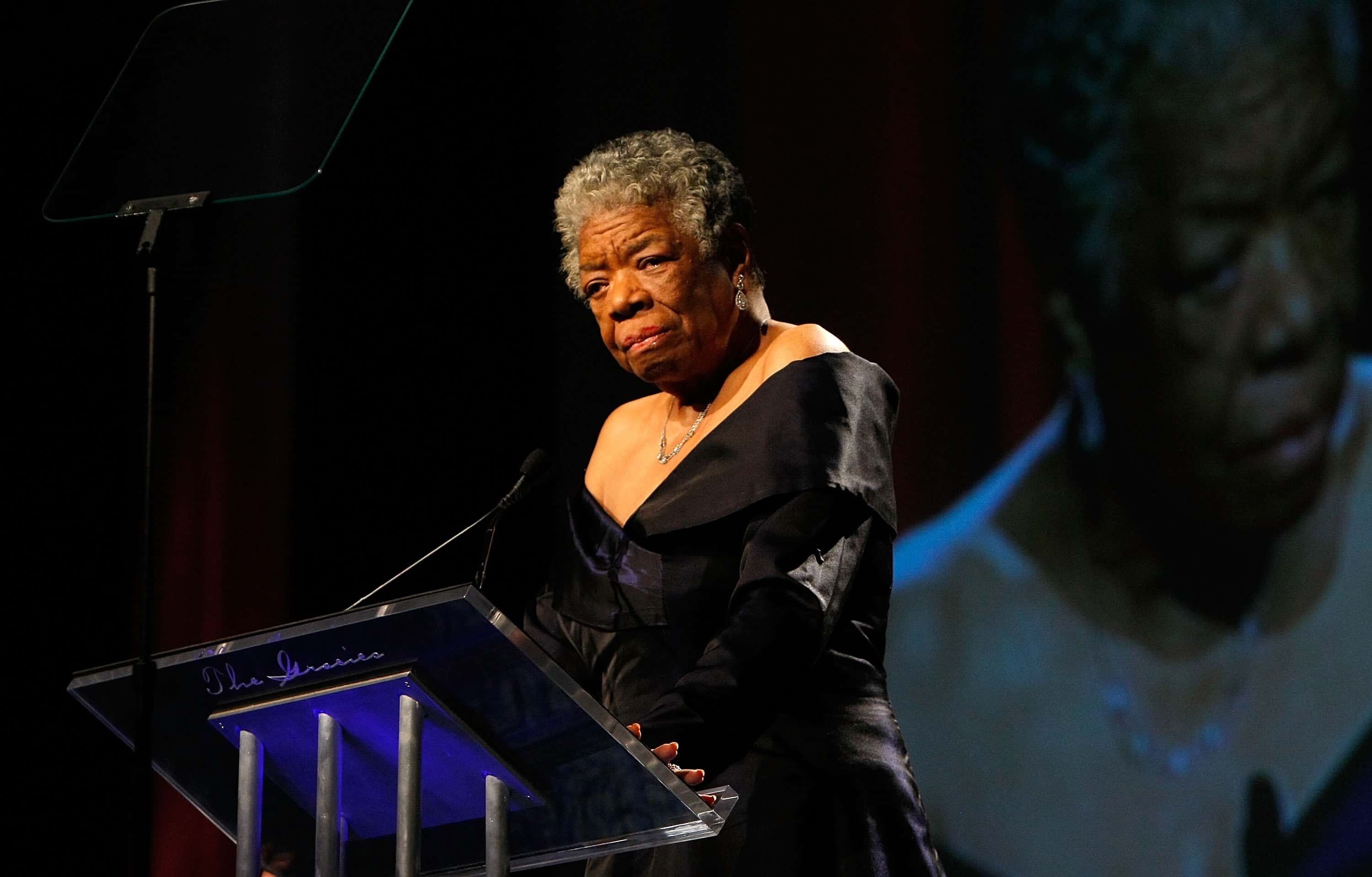 Getty Images
Getty Images
37. Facing Fear
The best selling living author (with over 800 million copies of her books sold) Danielle Steel had to enroll at The Fear of Flying Clinic because her phobia was starting to impact her career.
38. Workin’ on her Night Moves
Eat Pray Love author Elizabeth Gilbert had a stint as a bartender at the Coyote Ugly Saloon in New York City.
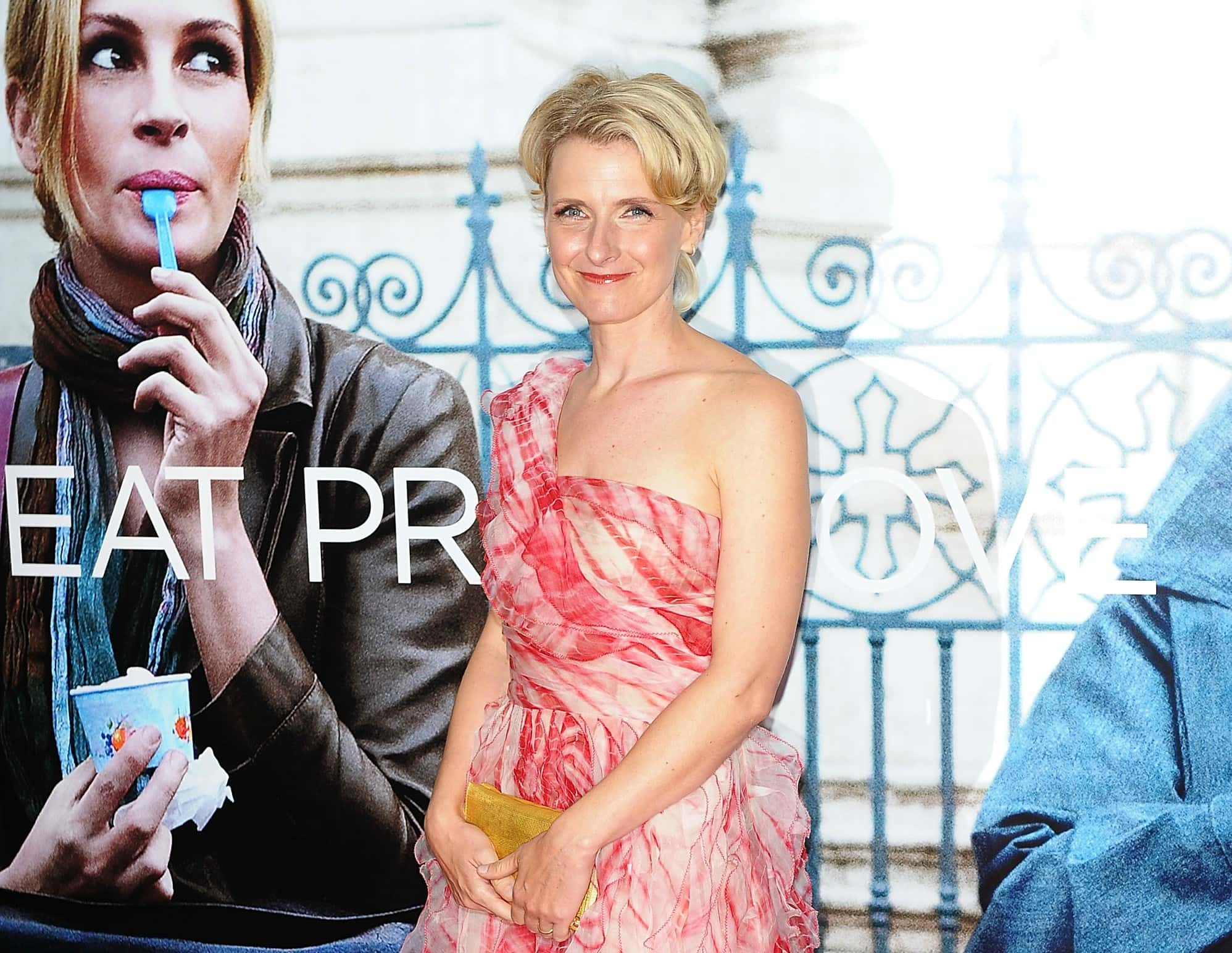 Getty Images
Getty Images
39. Better Than Heaven
Mark Twain loved Bermuda. Even though the trip was treacherous, and the author was notorious for getting horribly sea sick, Twain made the journey multiple times in his life. His back and forth put Bermuda on the (tourist) map.
40. All About the Side Hustle
The poet T.S. Eliot supported himself by taking on day jobs as a teacher, banker, and editor. He wrote his poetry on the side, and actually preferred pursuing his passion part time.
41. Leave a Lasting Impression
Rather than autographing his books with a pen, Fear and Loathing in Las Vegas author Hunter S. Thompson used shoot his books as an autograph. Using the same shock value tactic, Thompson came up with "shotgun golf," first thought of with Bill Murray. The game involves either hitting the the ball onto the green with the club or popping the opponent’s ball into smithereens with a shotgun.
42. You Could Have Just Gotten a Present
Thompson once terrorized his friend Jack Nicholson’s family with gunshots, spotlights and a fresh elk’s heart on the doorstep all because it was Nicholson’s birthday and he thought it was funny. The Nicholsons were so scared that Jack called the FBI fearing that it was a stalker and his family spent the night hiding in the cellar.
43. JK Rowling's Dark Past
There is speculation that JK Rowling was in an volatile relationship with her ex-husband, a Portuguese TV journalist named Jorge Arantes. Her husband admitted that, "I had to drag her out of the house at five in the morning, and I admit I slapped her very hard in the streets".
People speculate that this is why child mistreatment (the Dursleys) and freedom are such huge themes in the Harry Potter series.
Sources: 1, 2, 3, 4, 5, 6, 7, 8, 9, 10, 11, 12, 13, 14, 15, 16, 17, 18, 19, 20, 21, 22, 23, 24, 25, 26, 27, 28, 29, 30, 31, 32, 33, 34, 35, 36, 37


